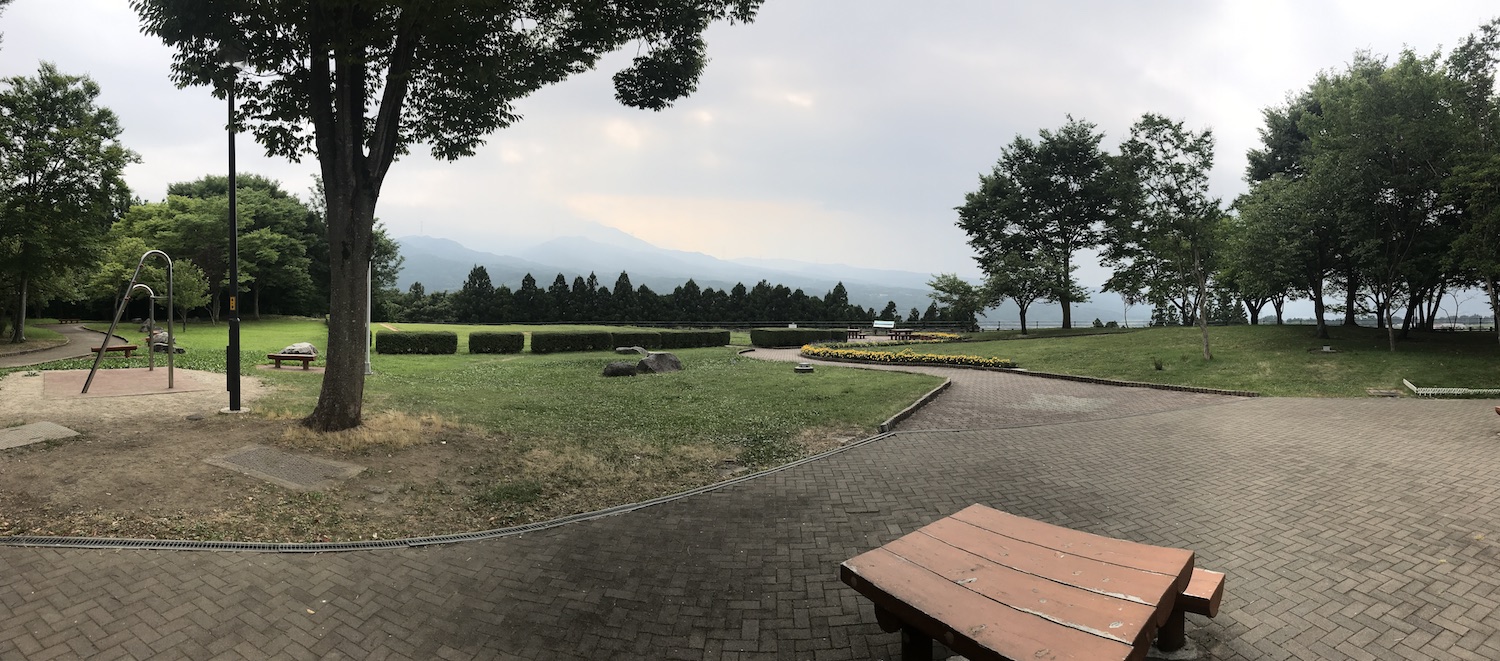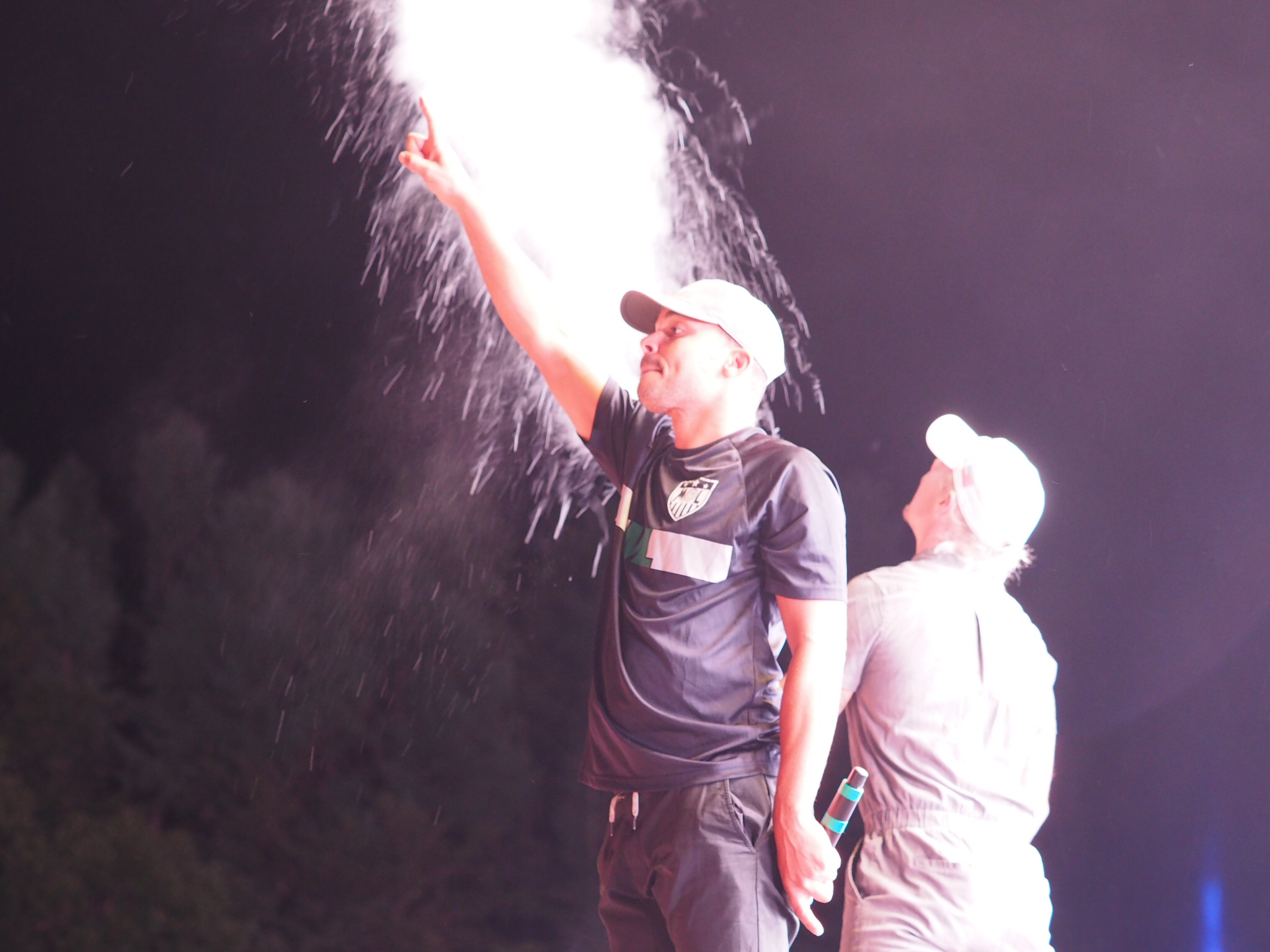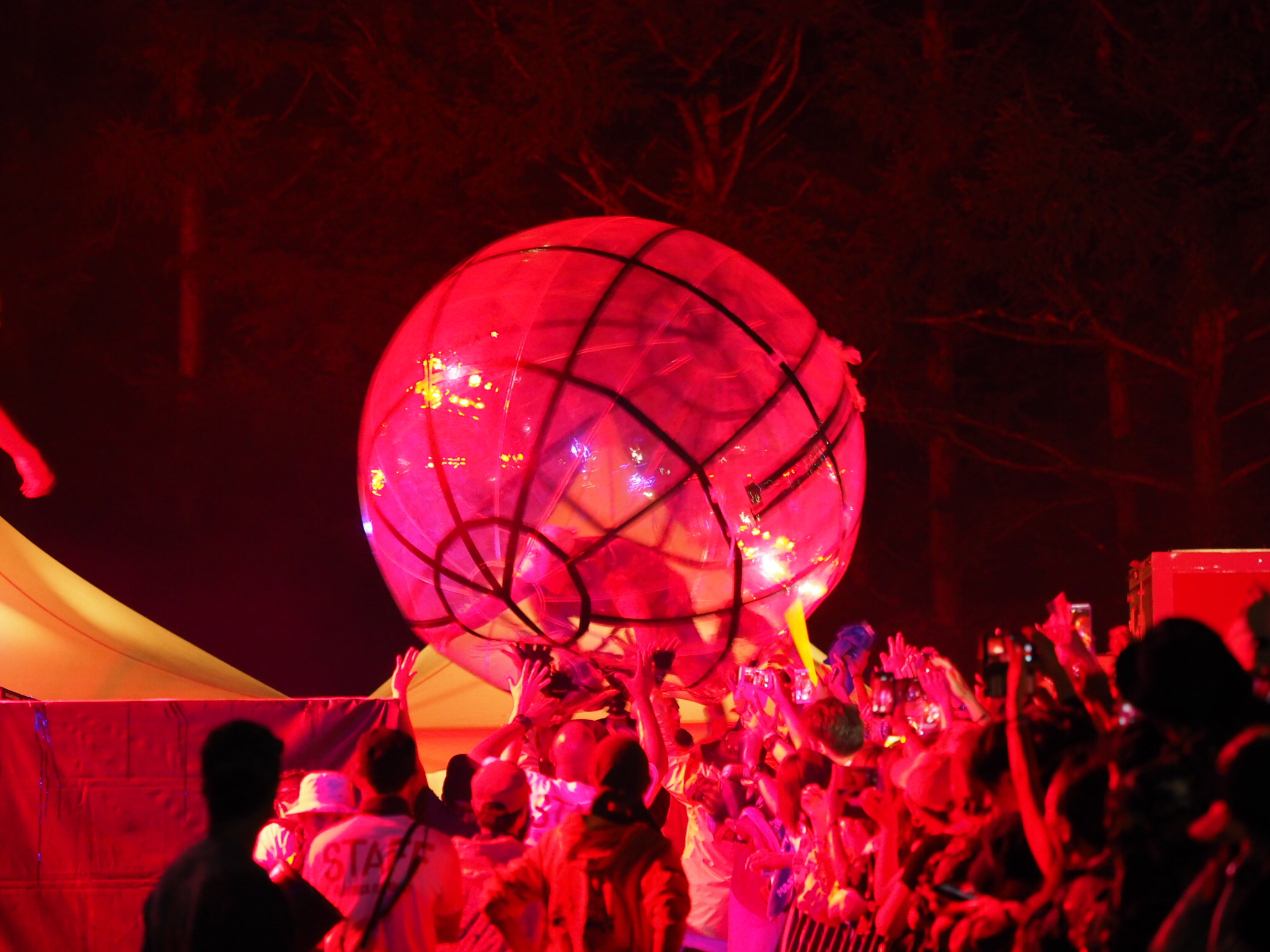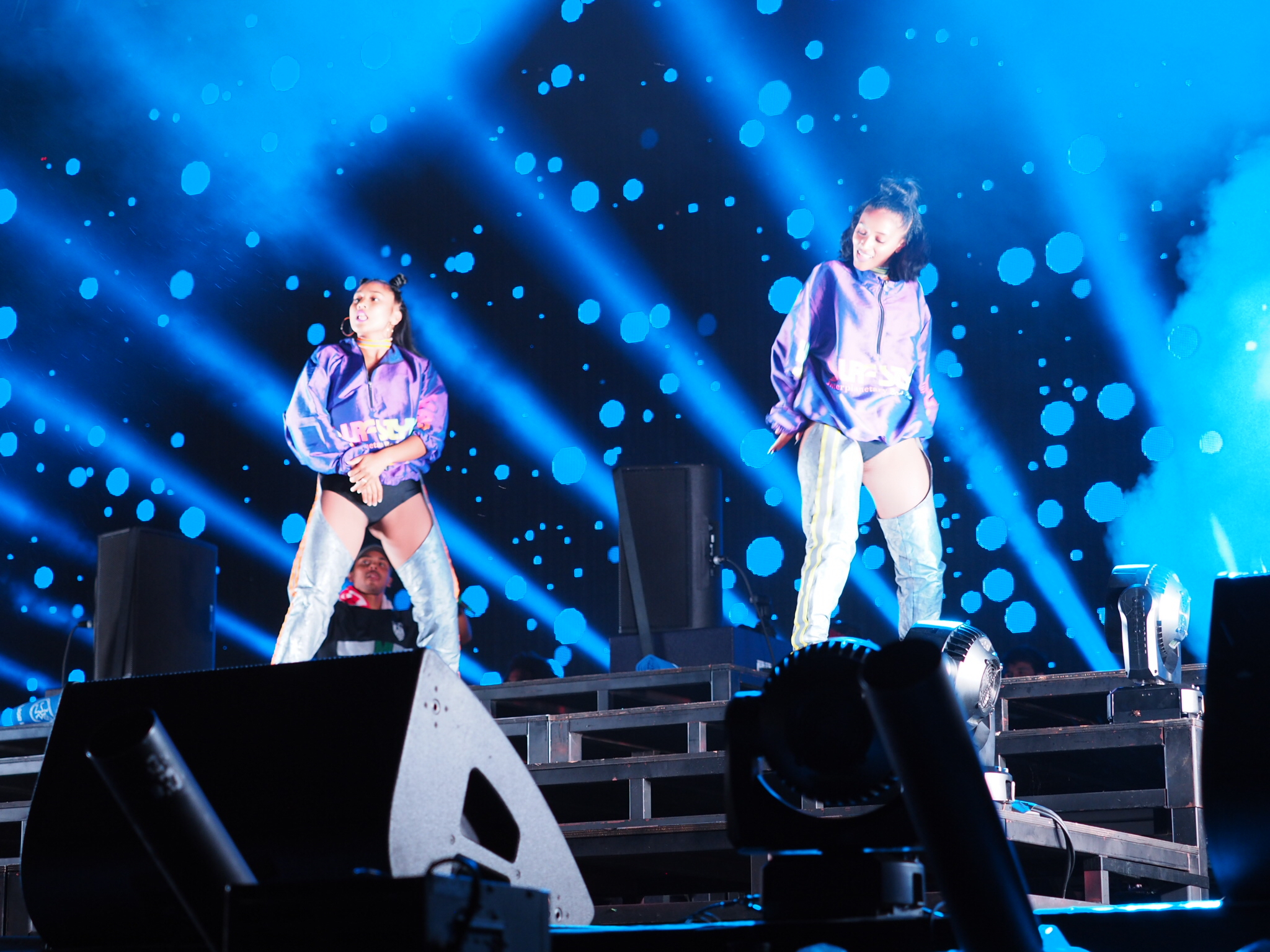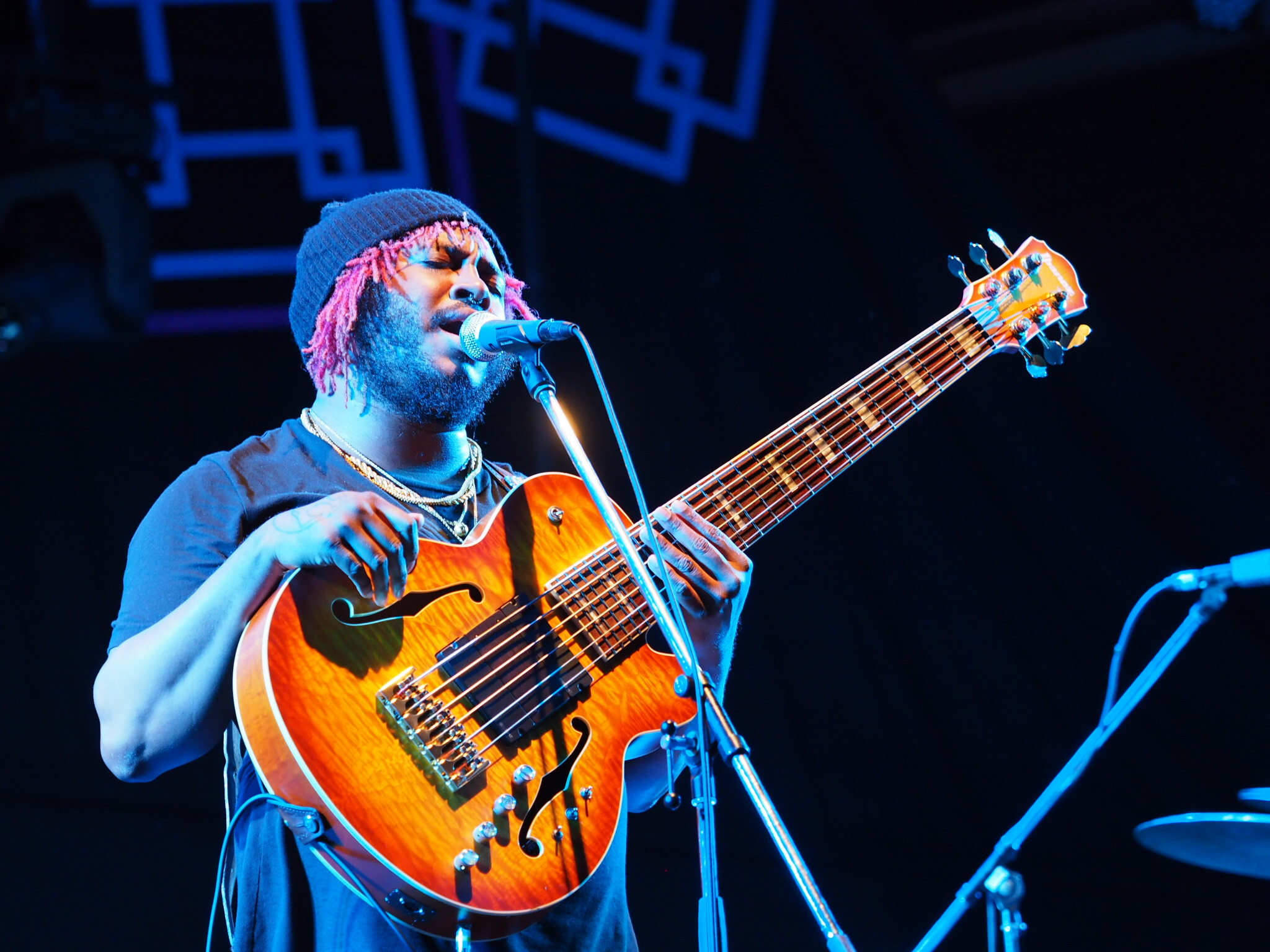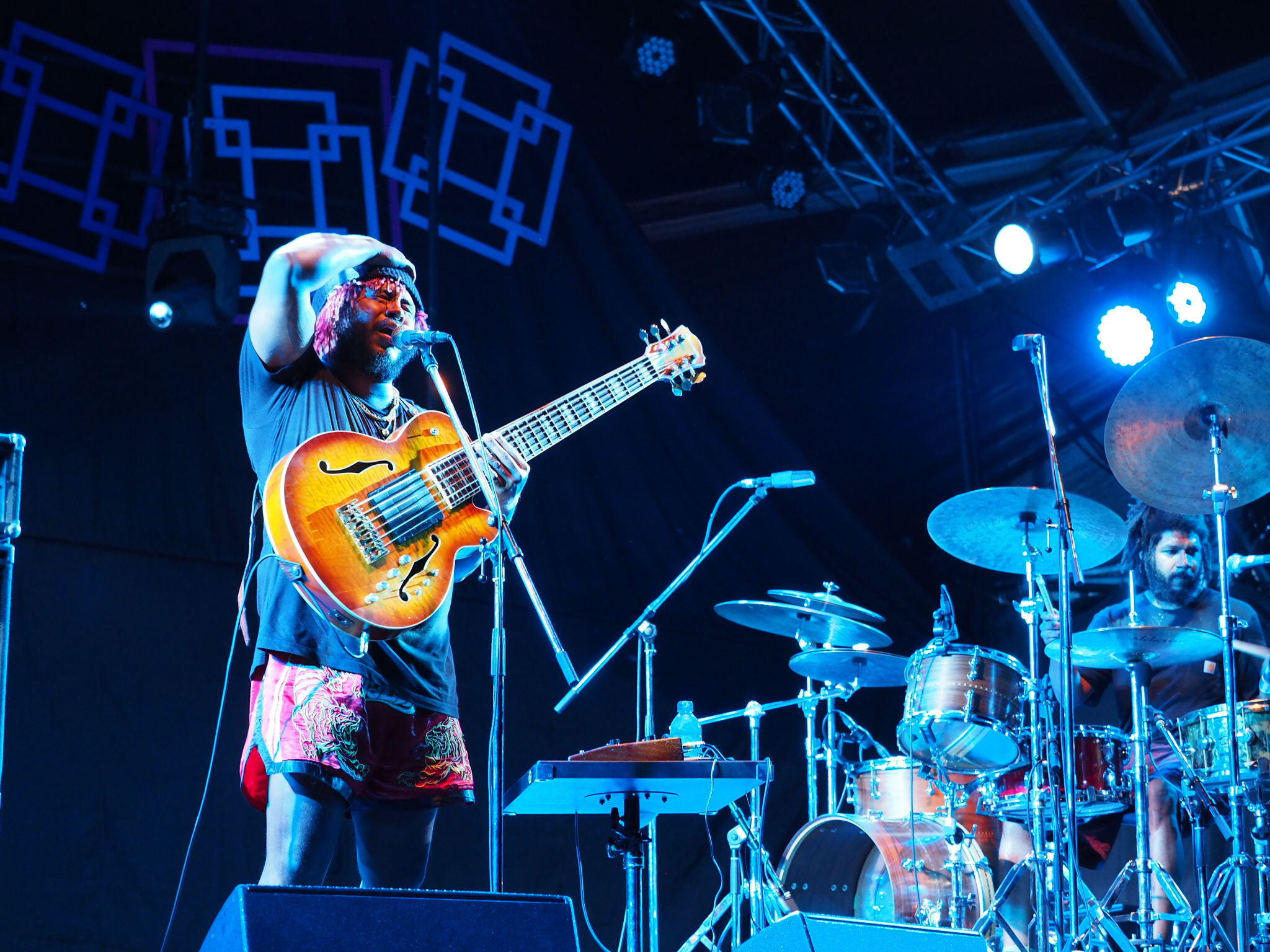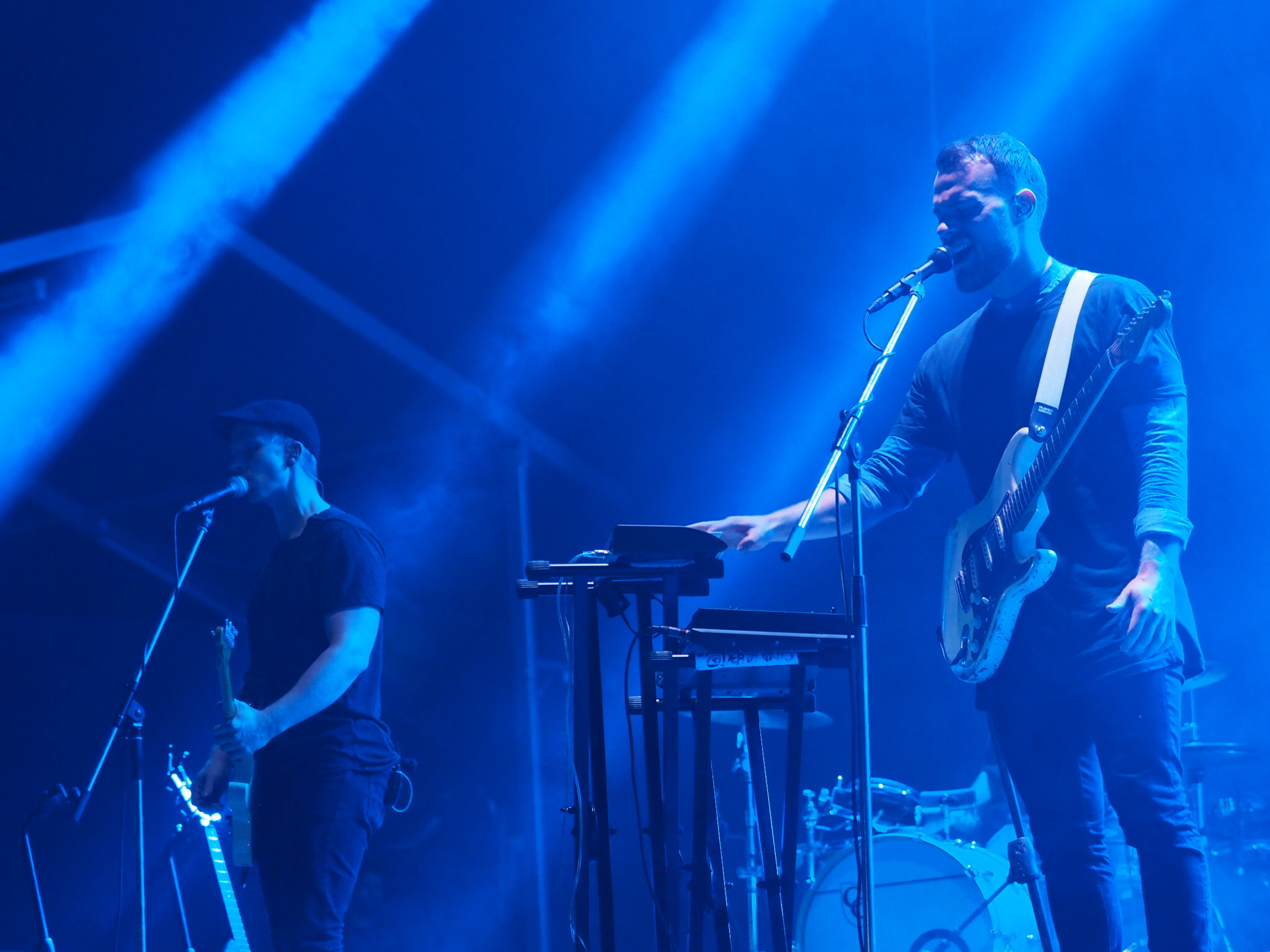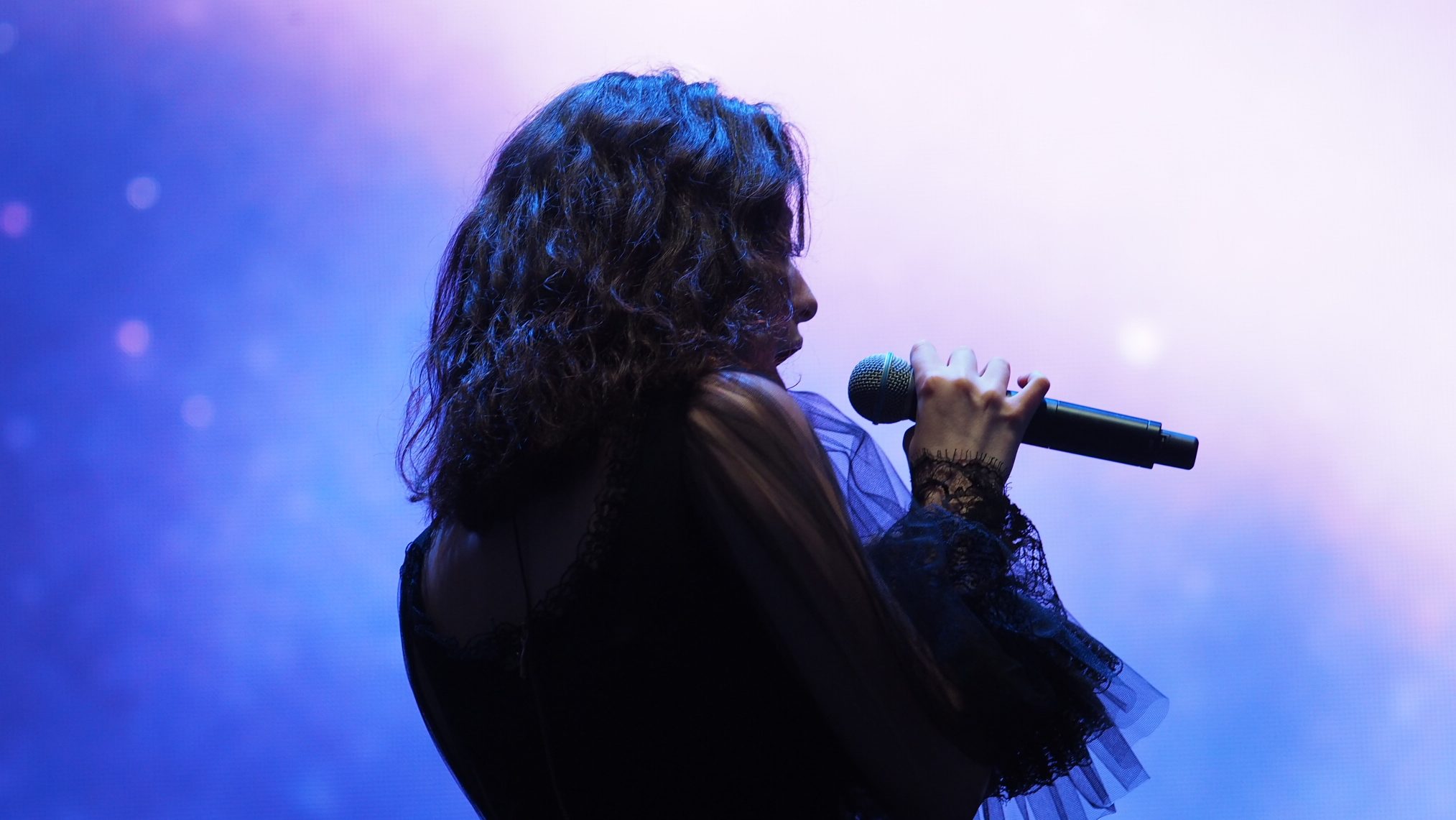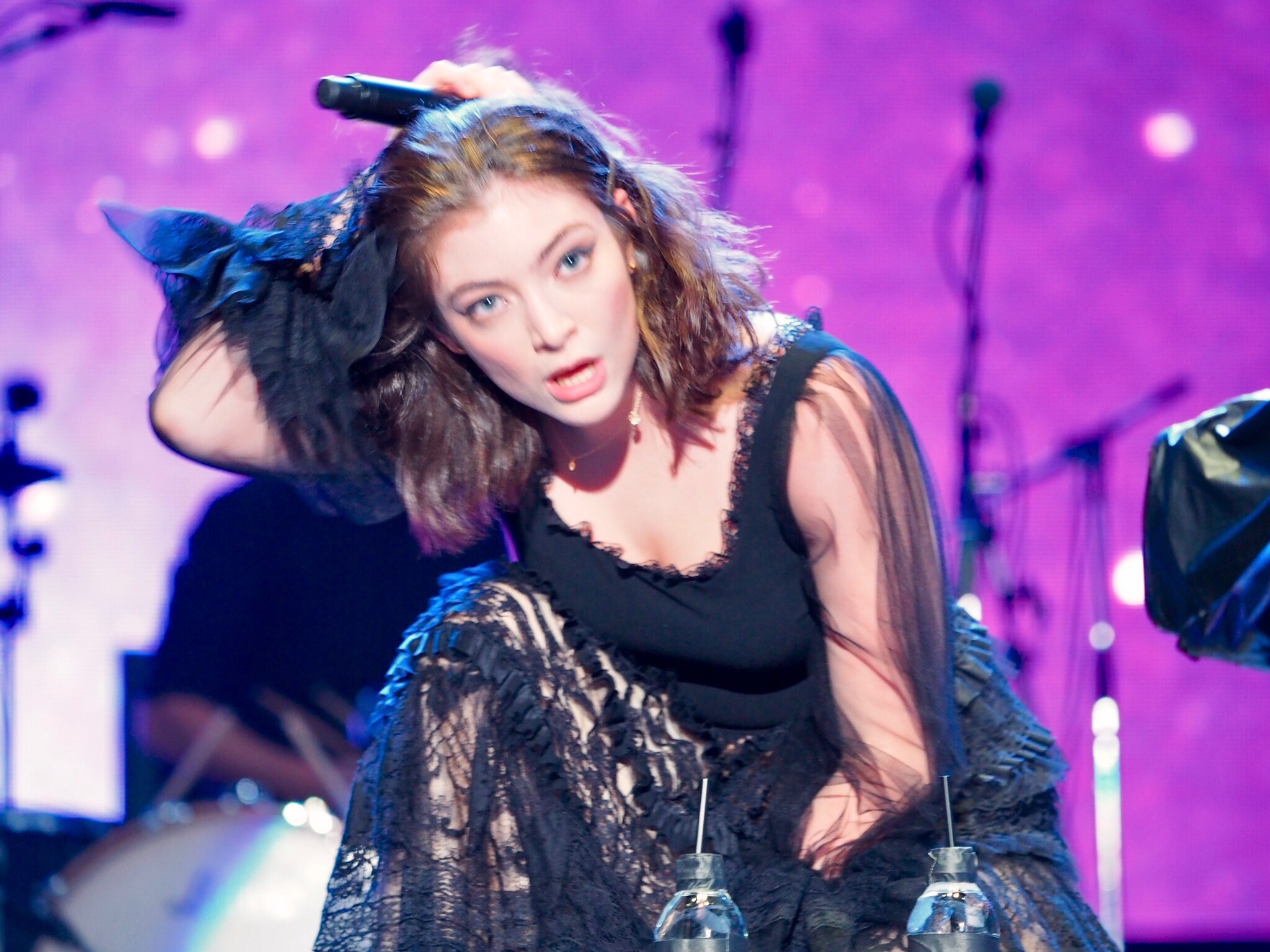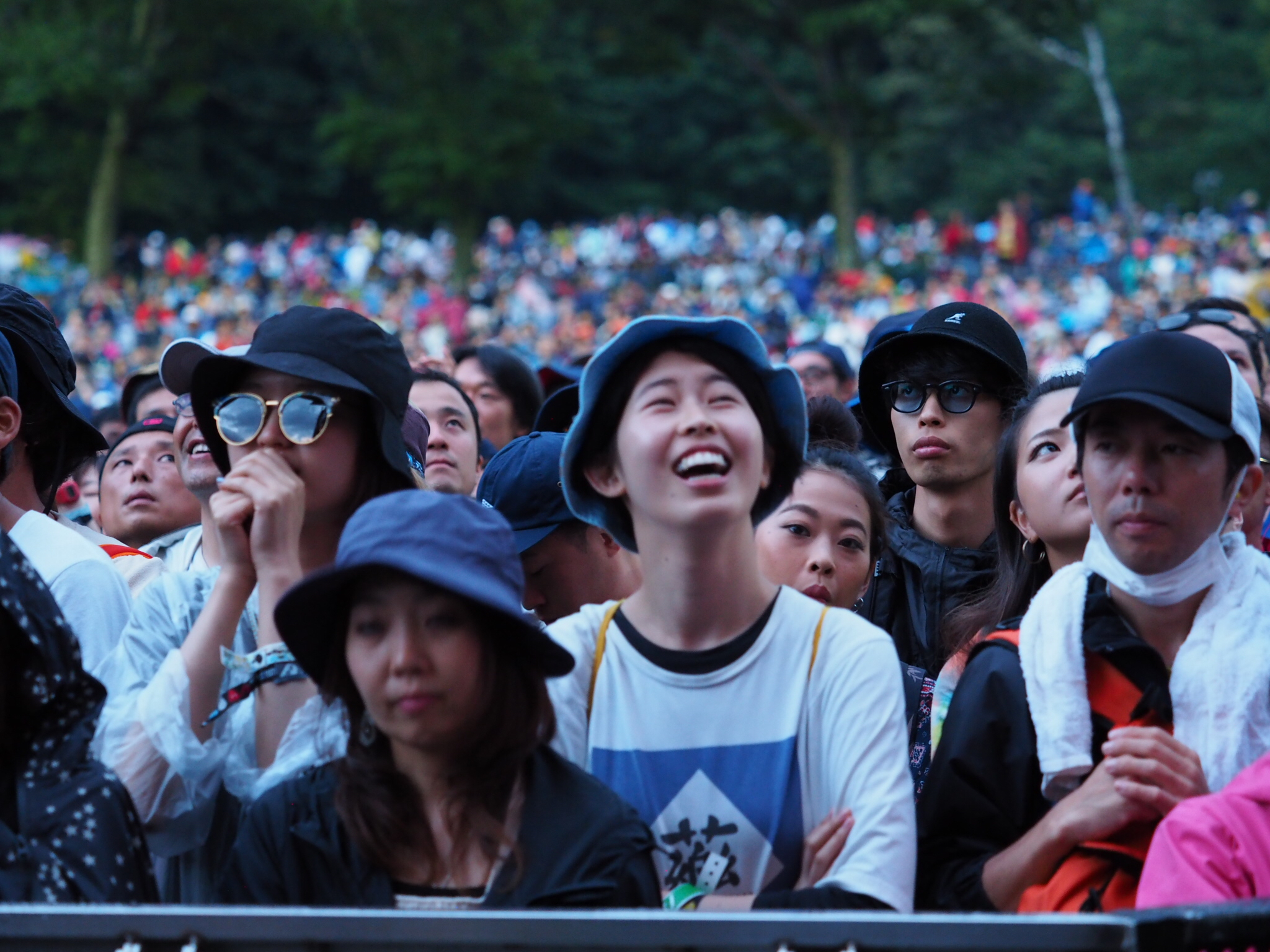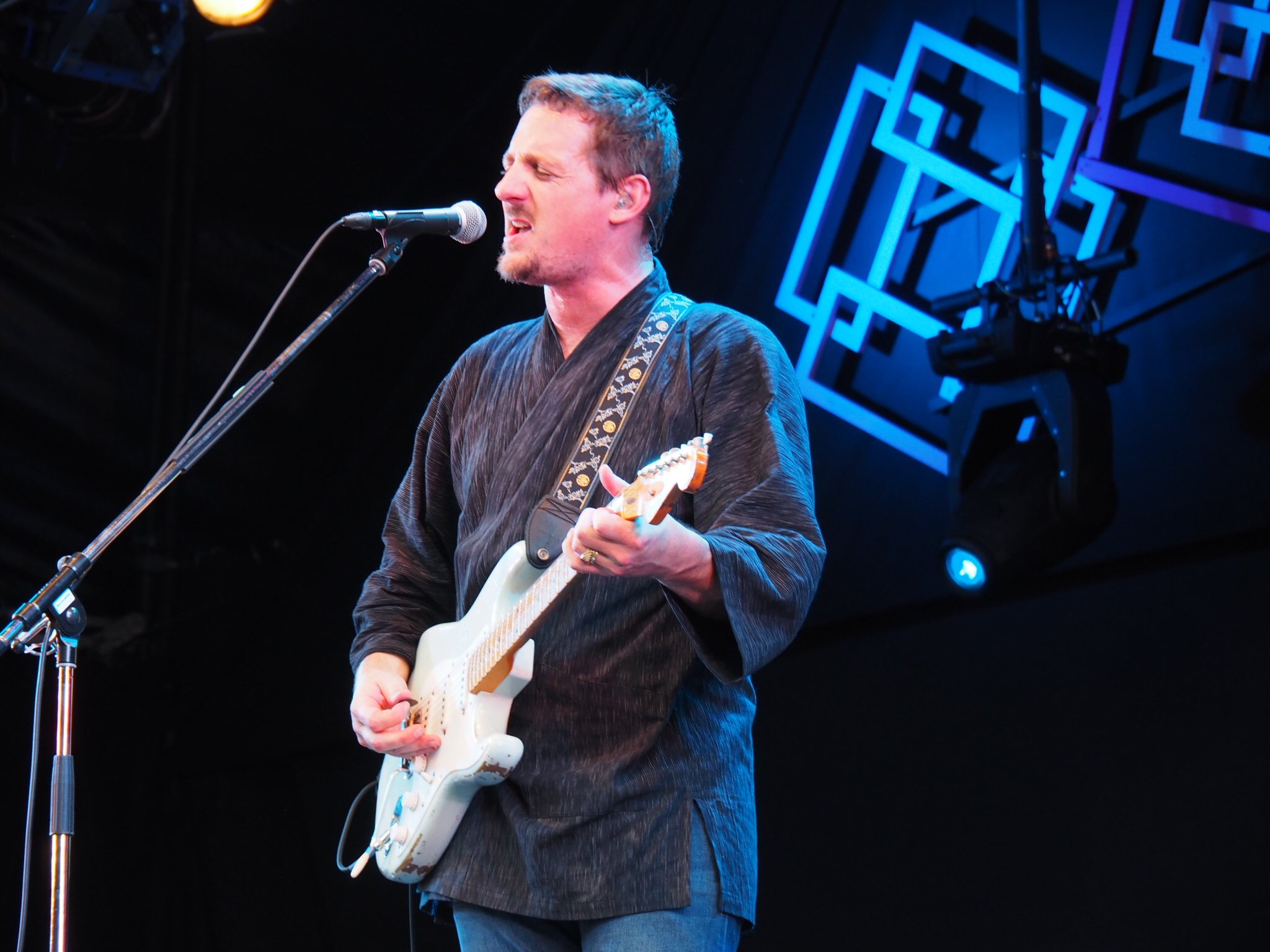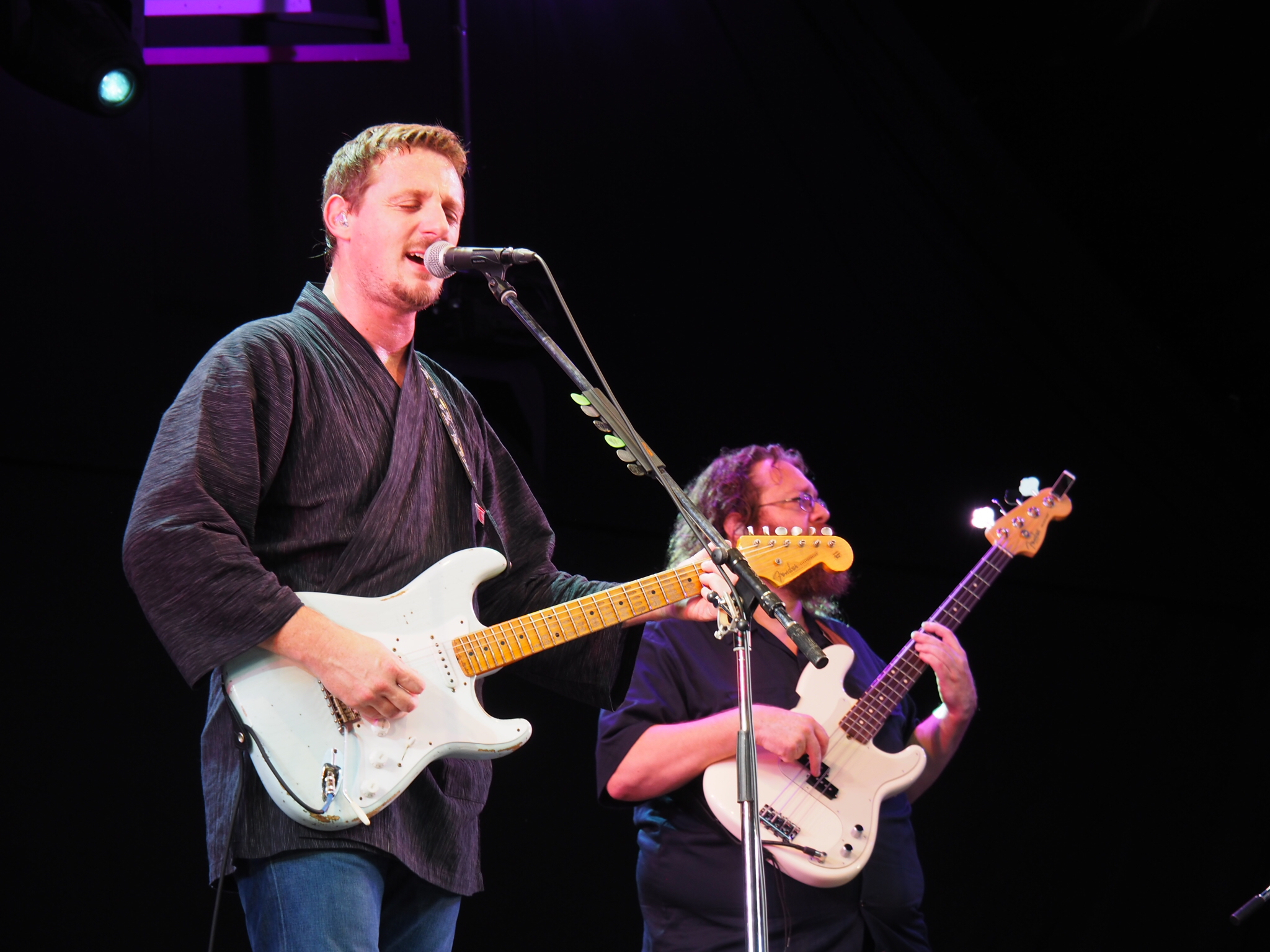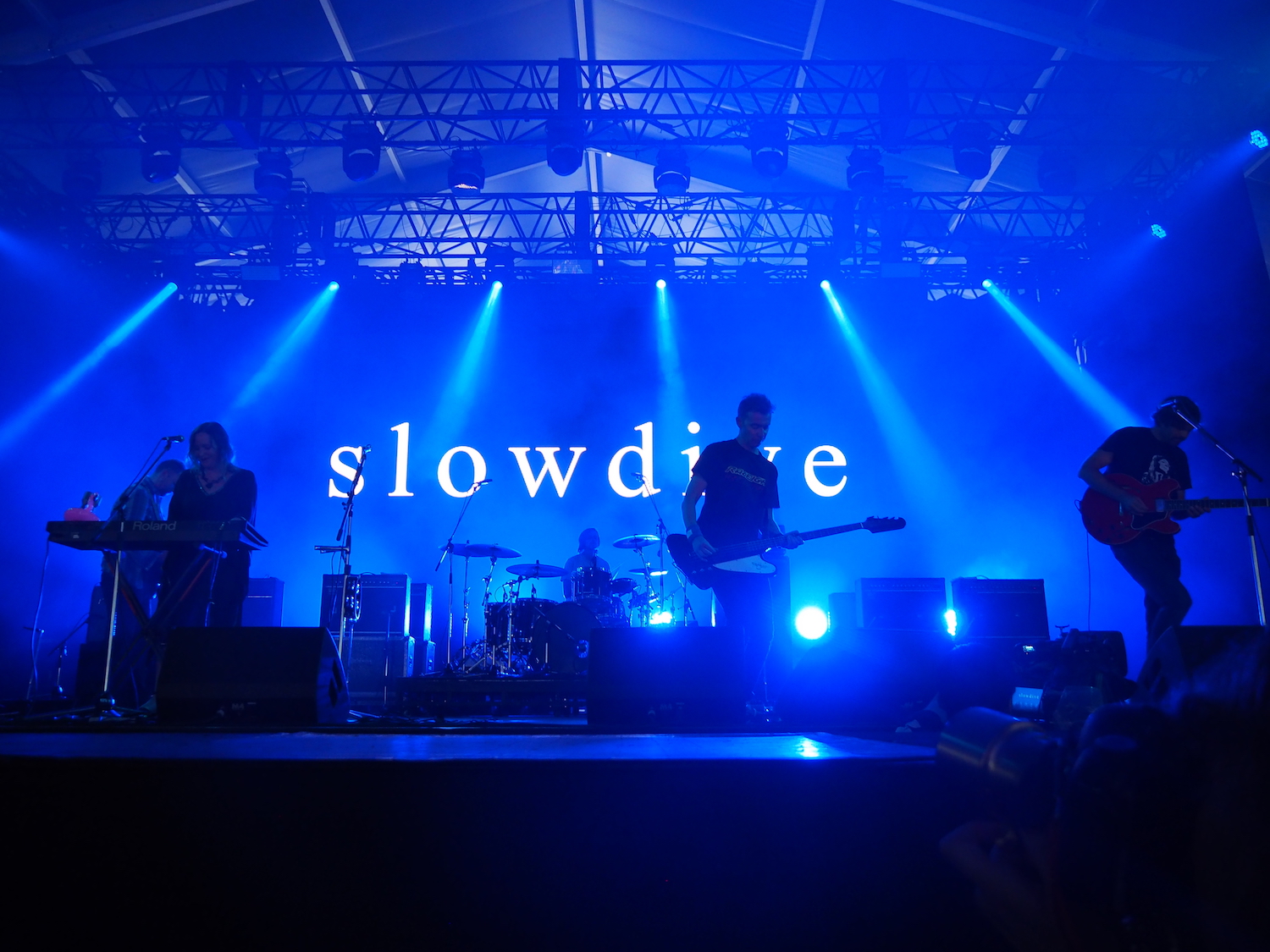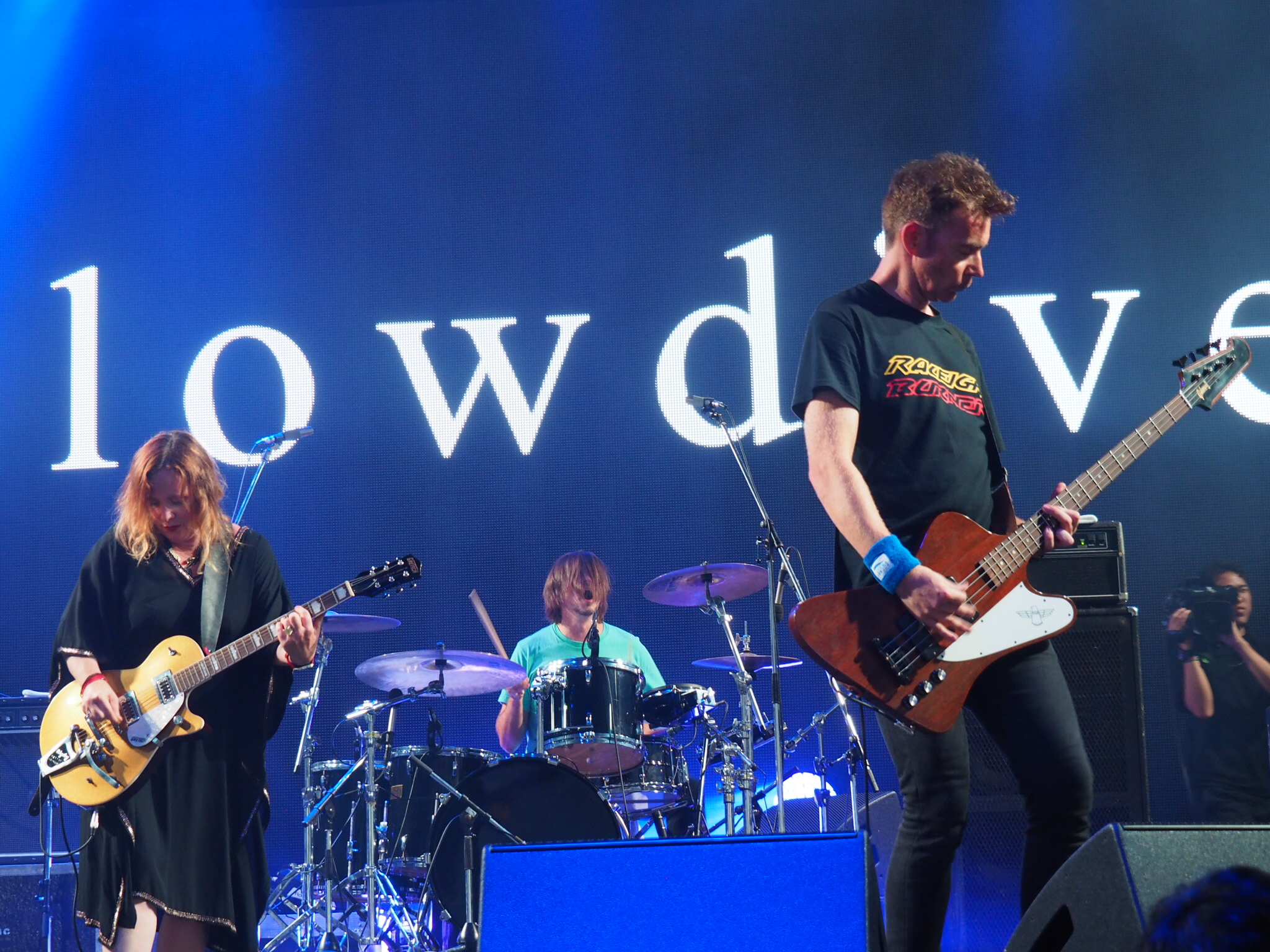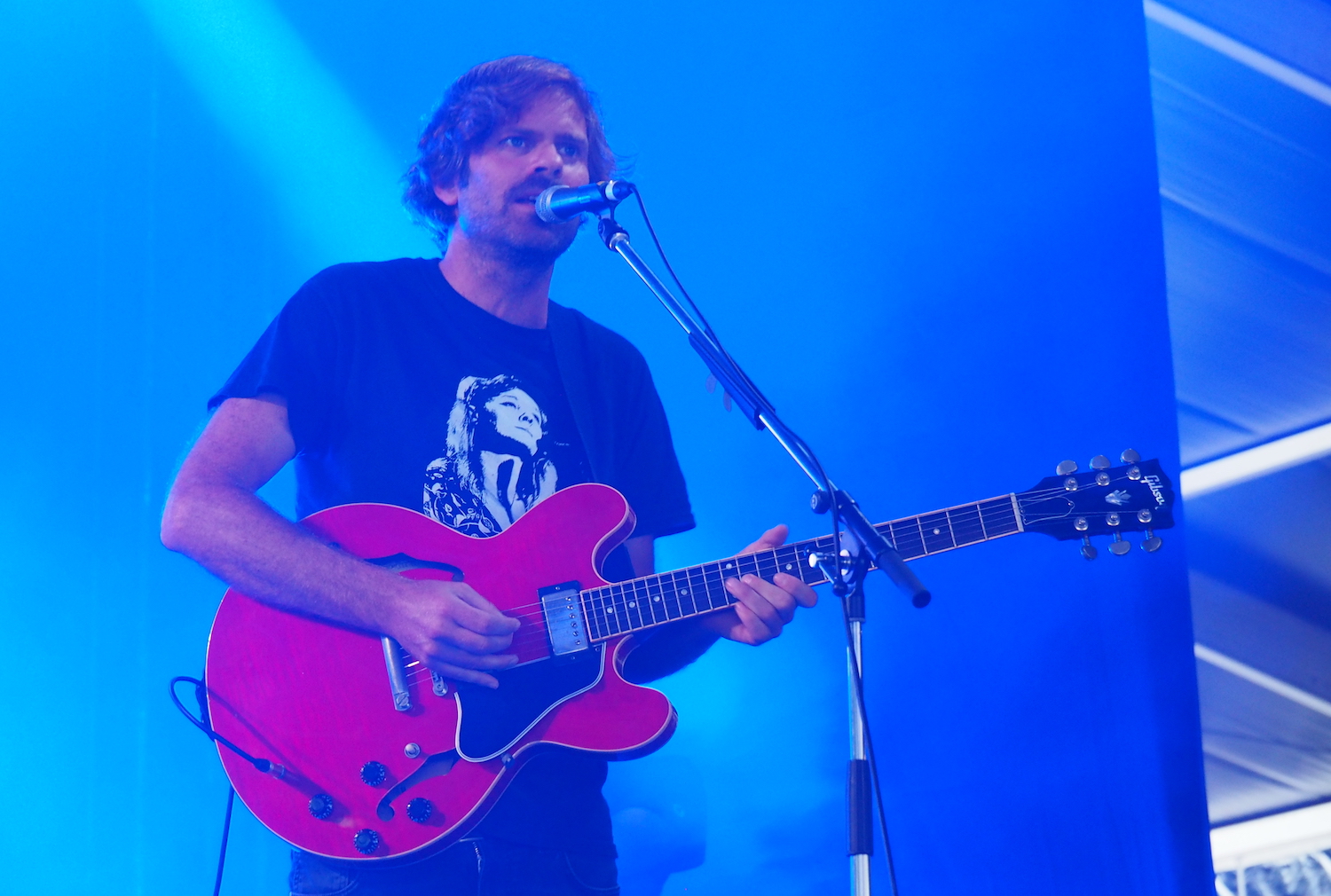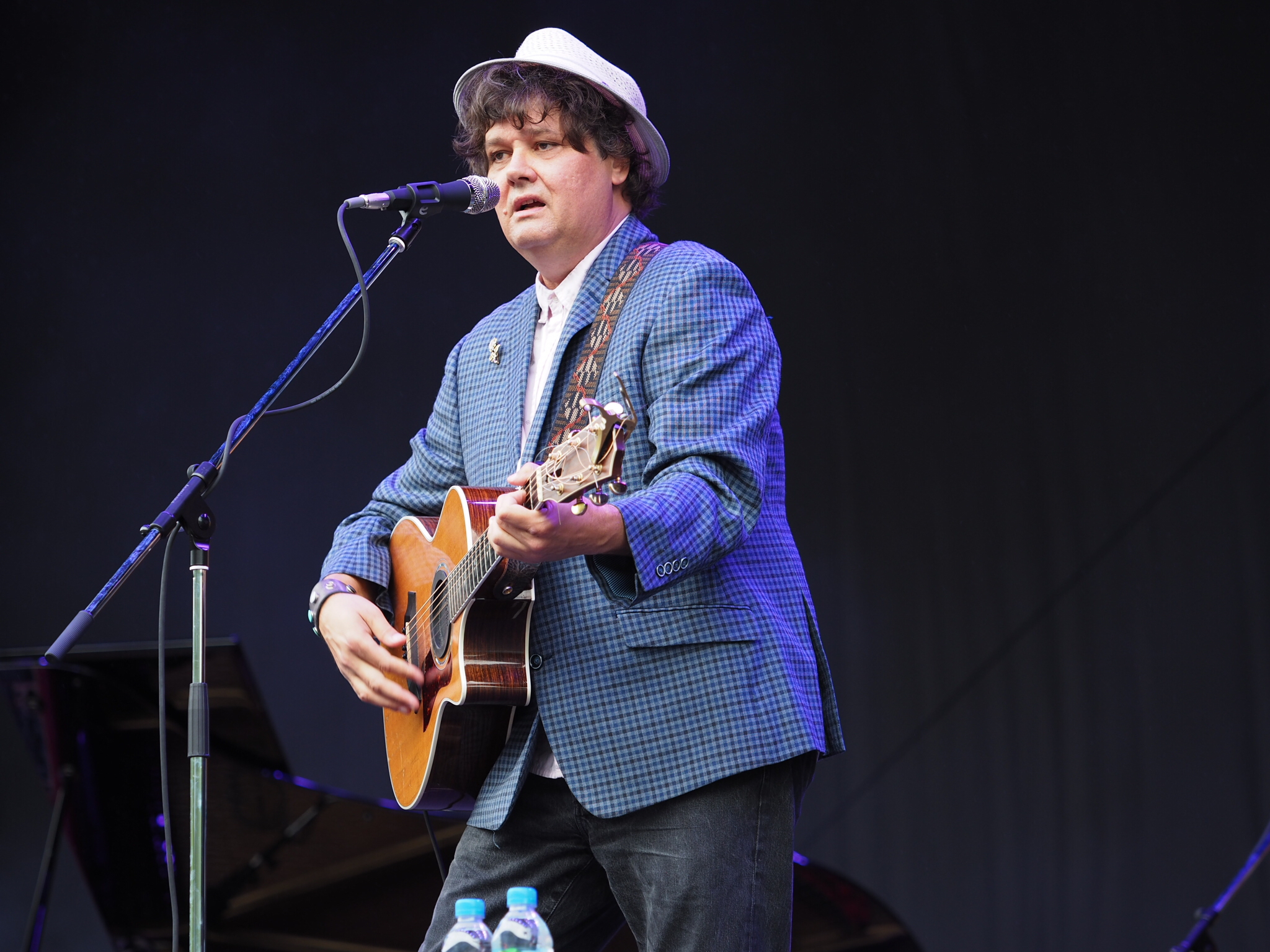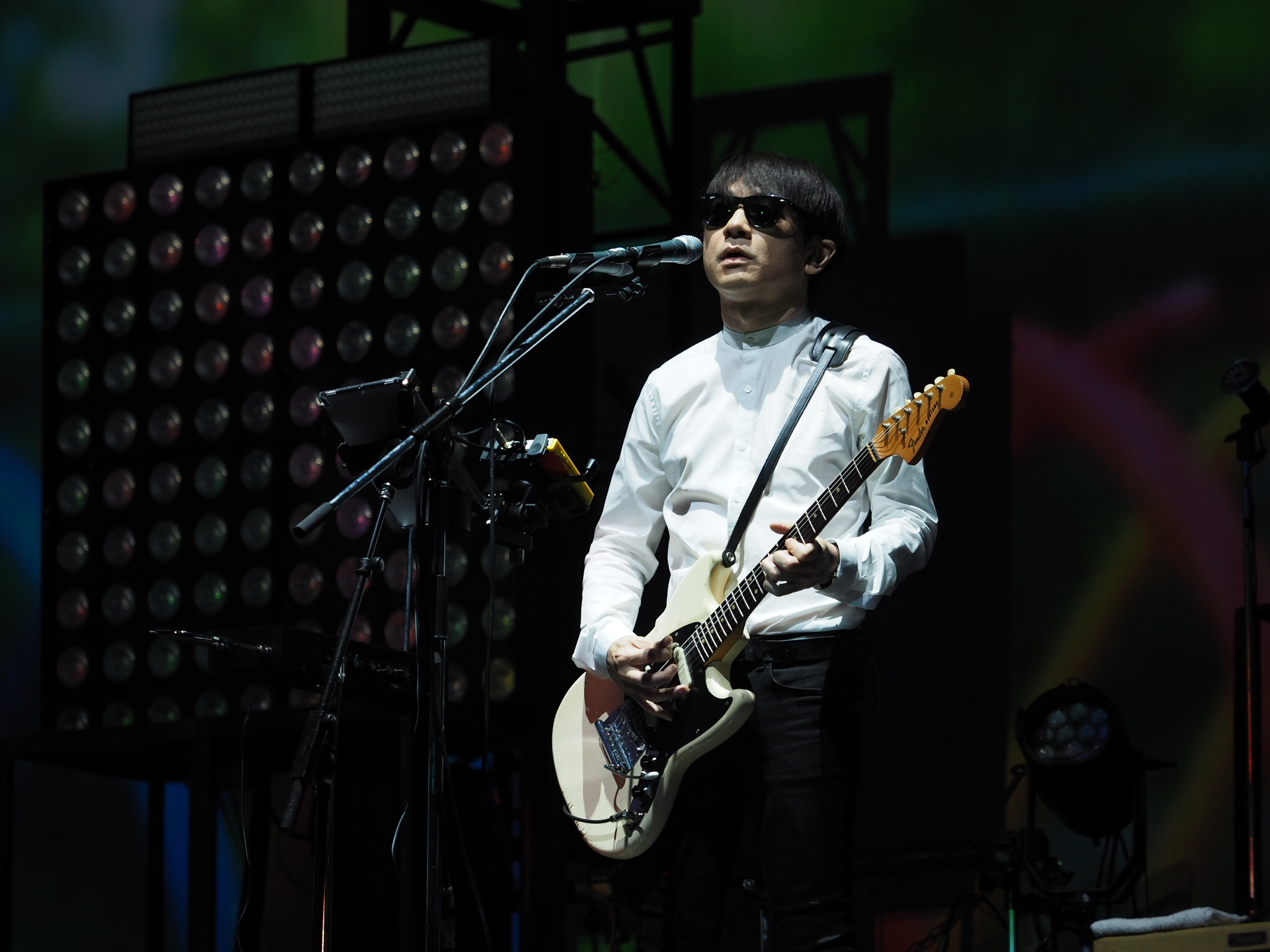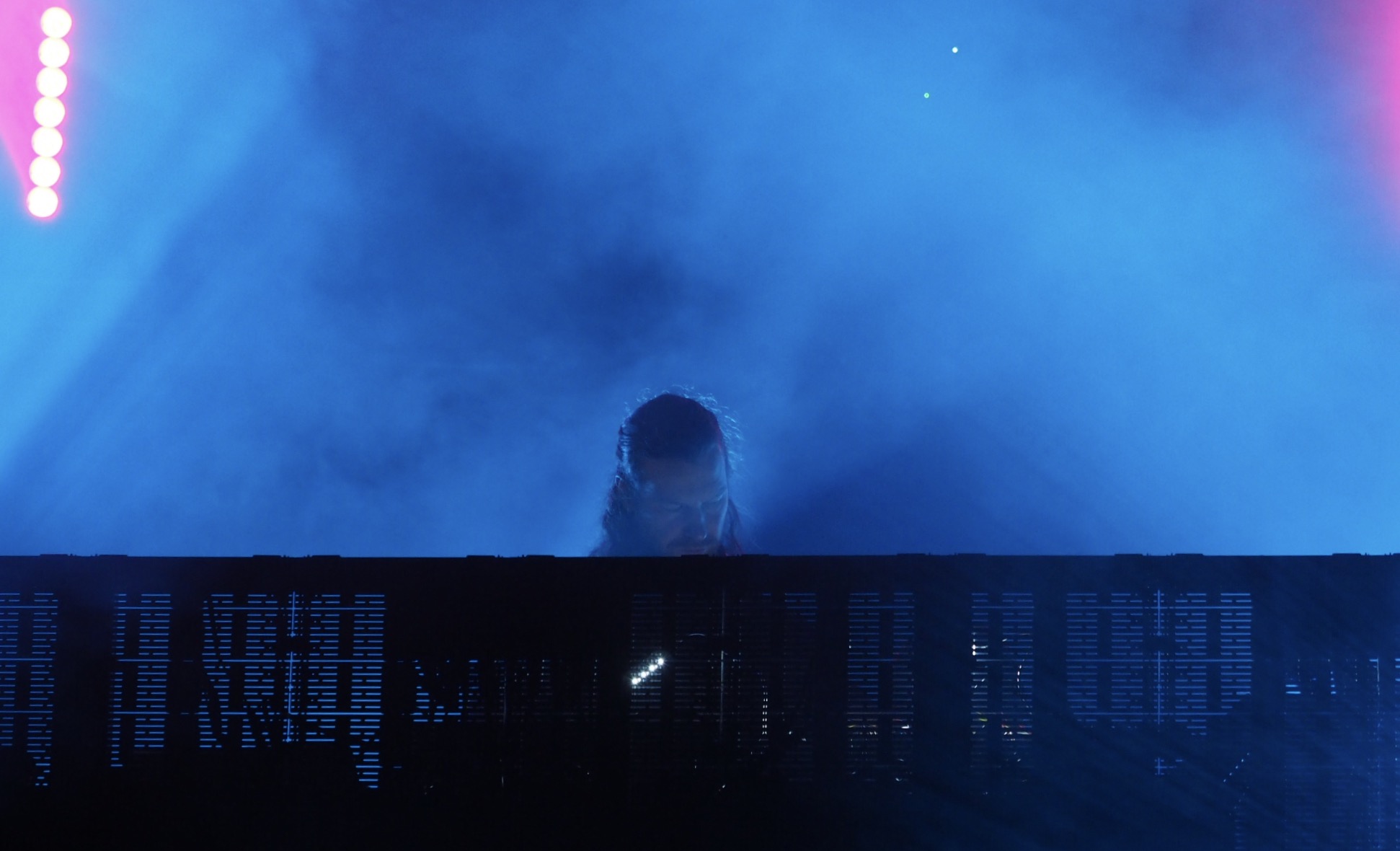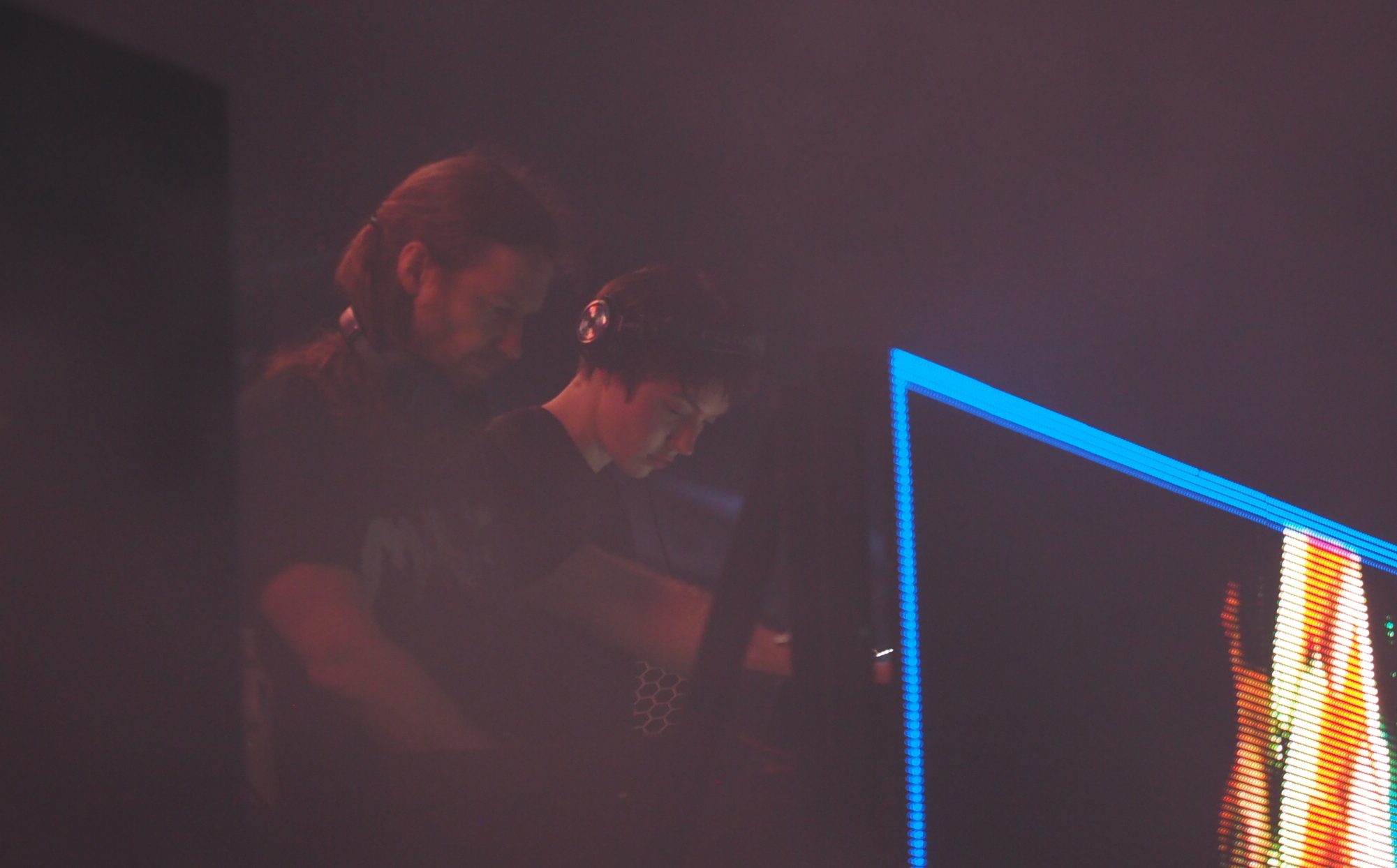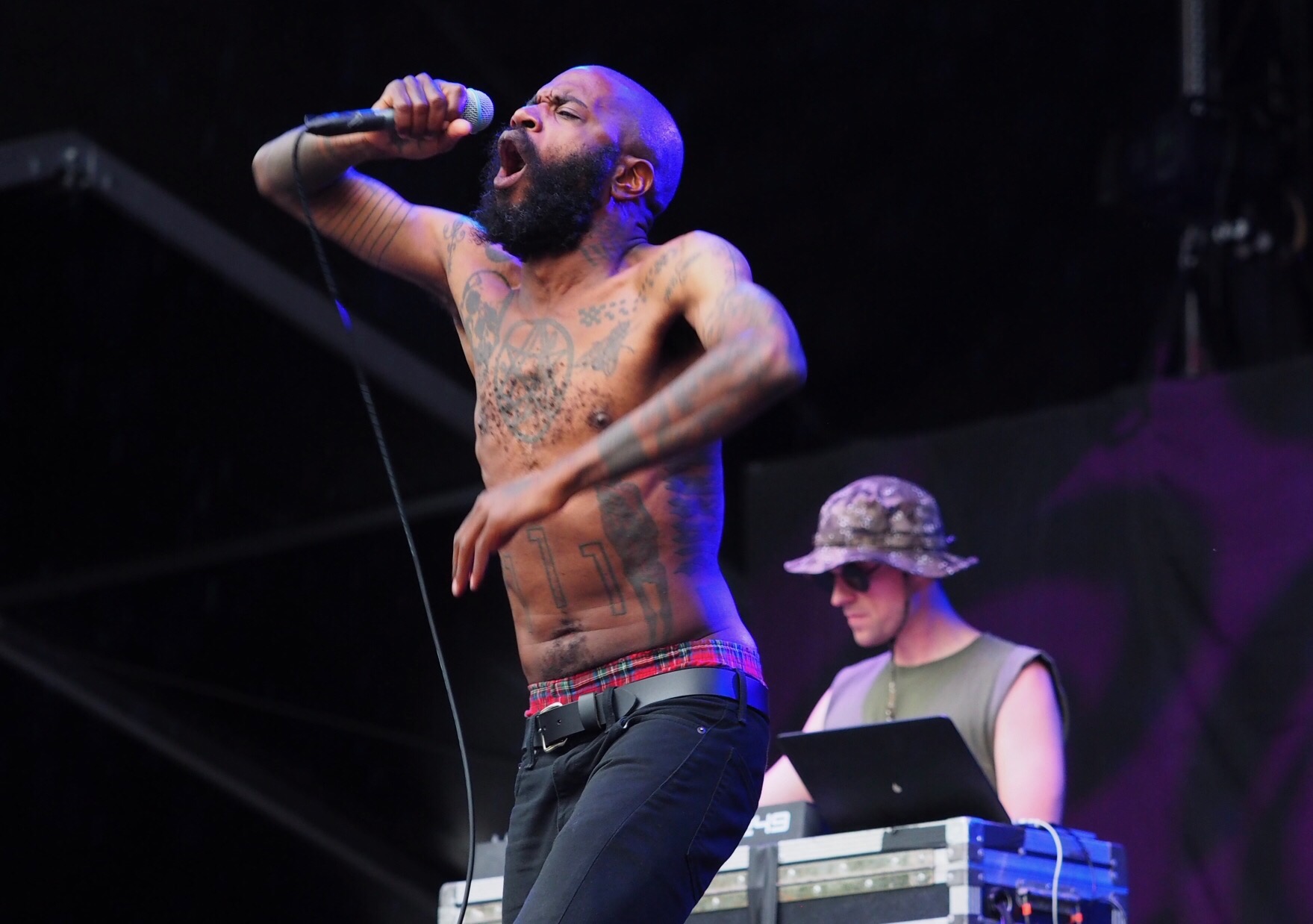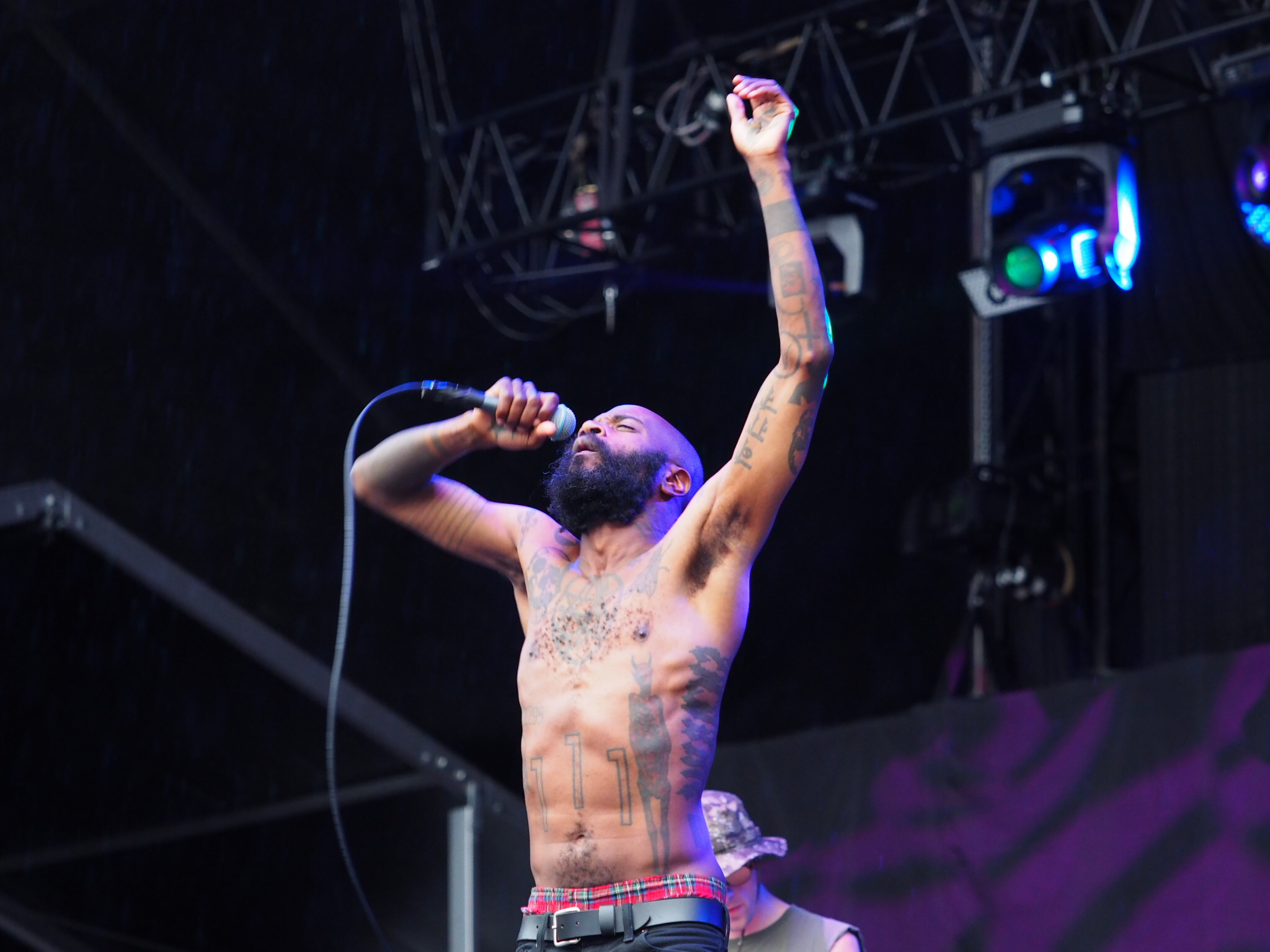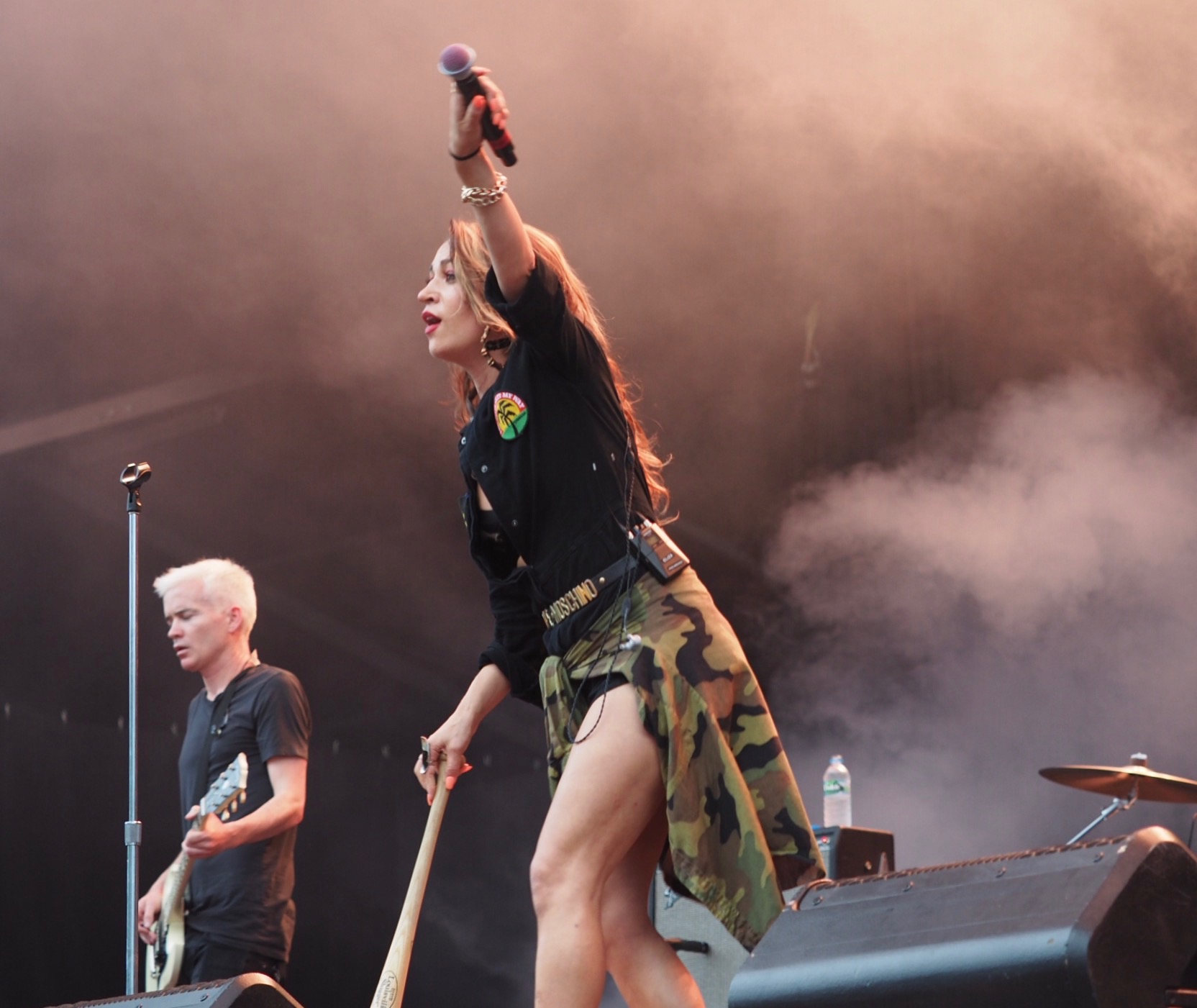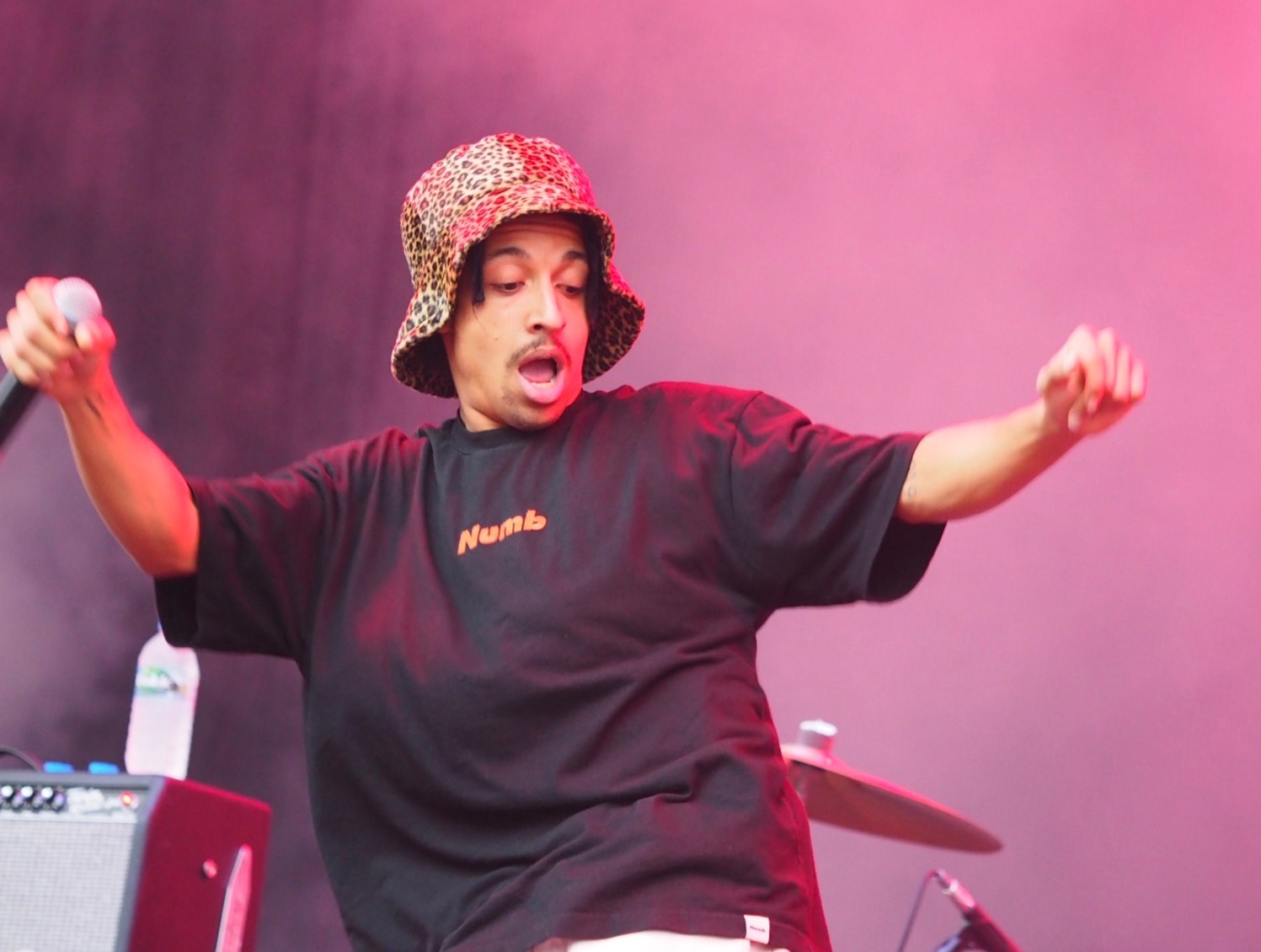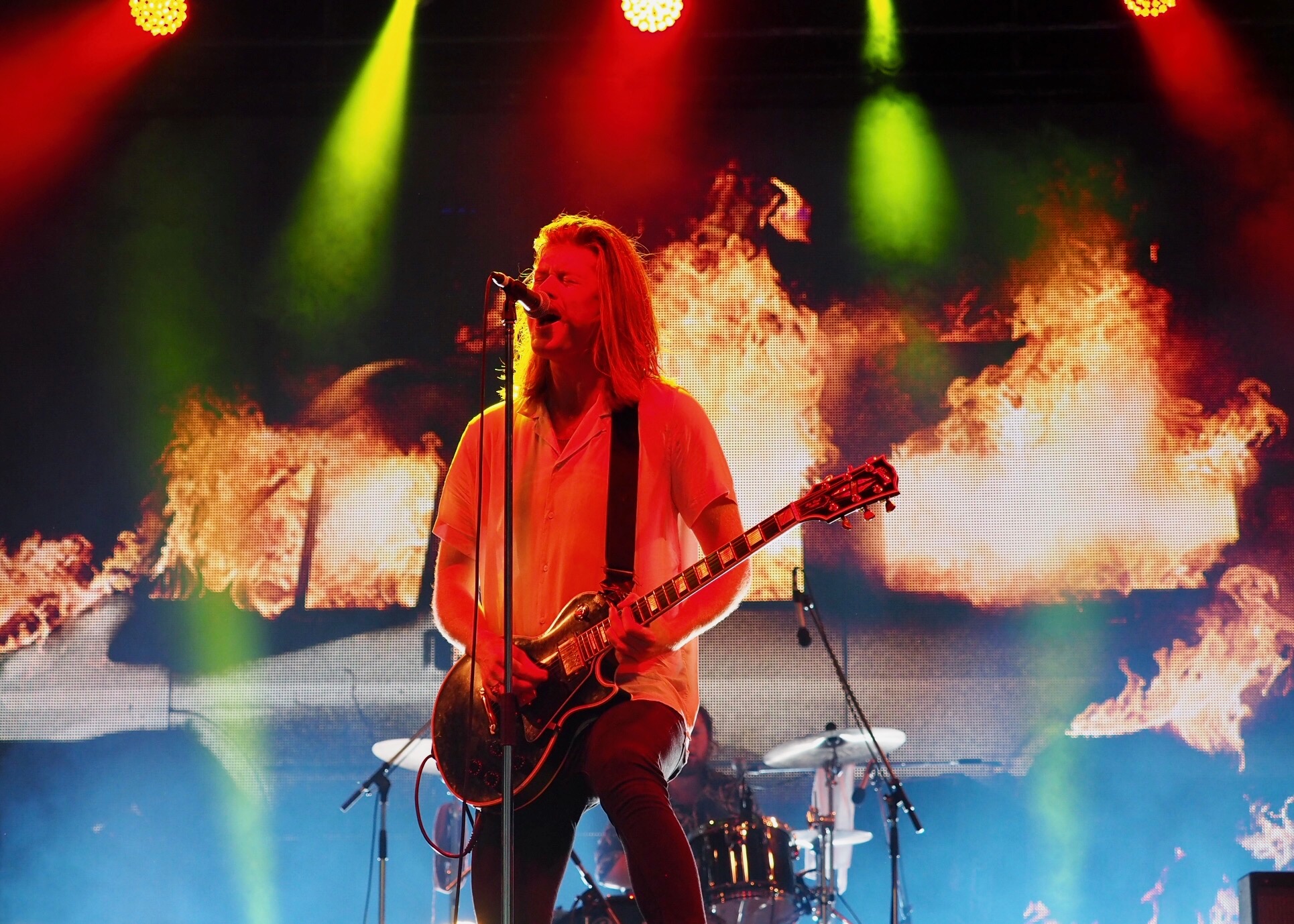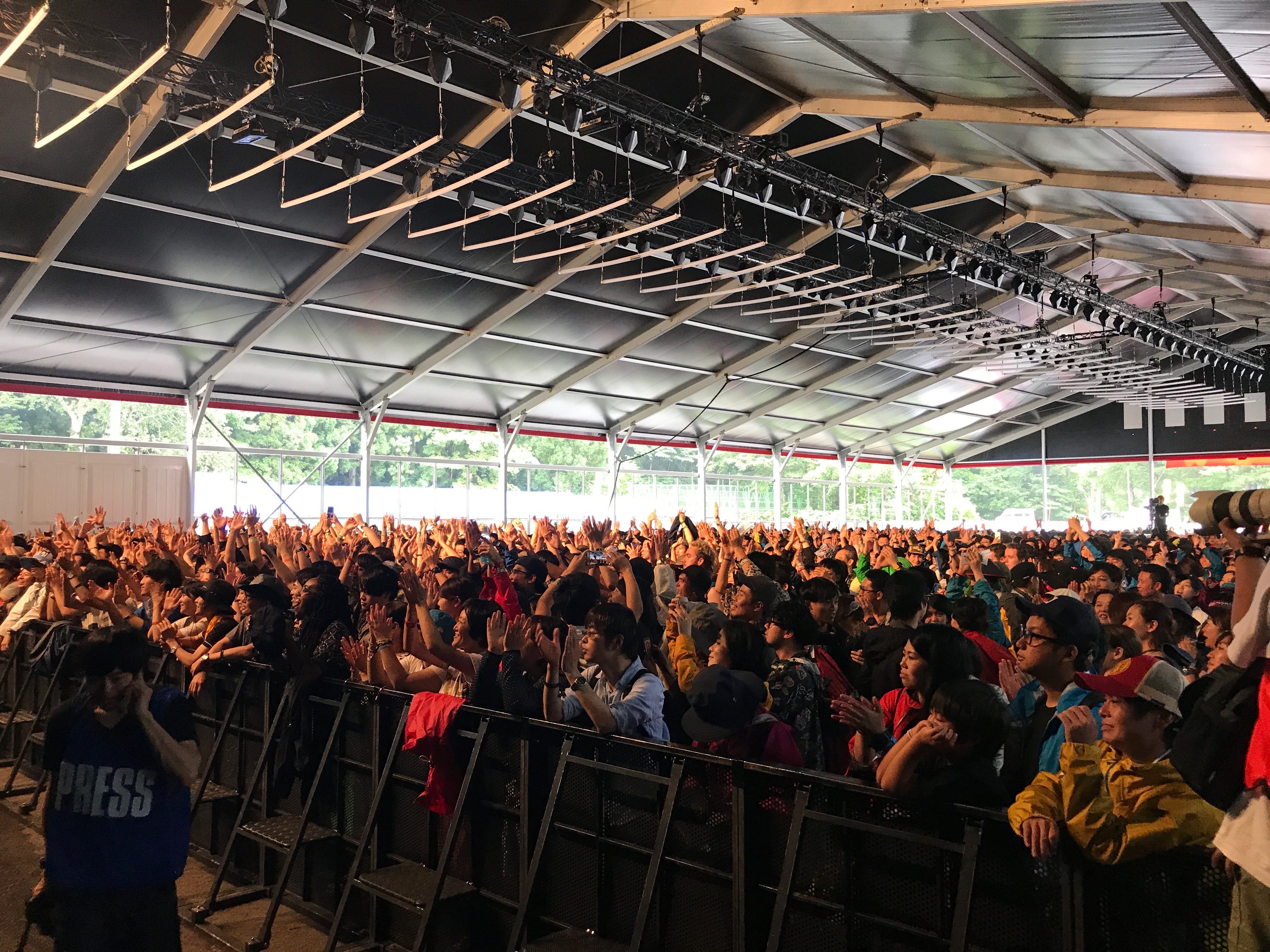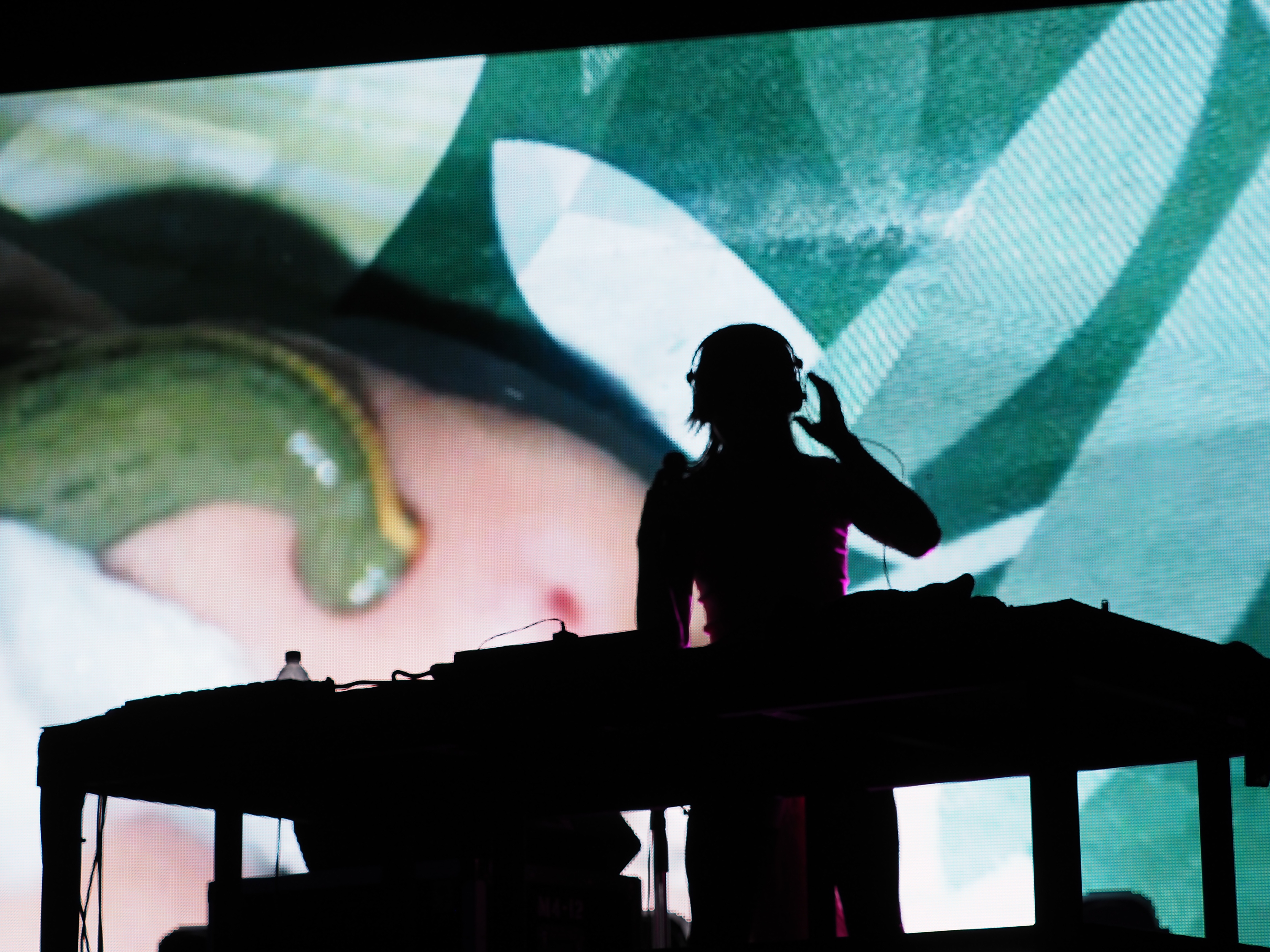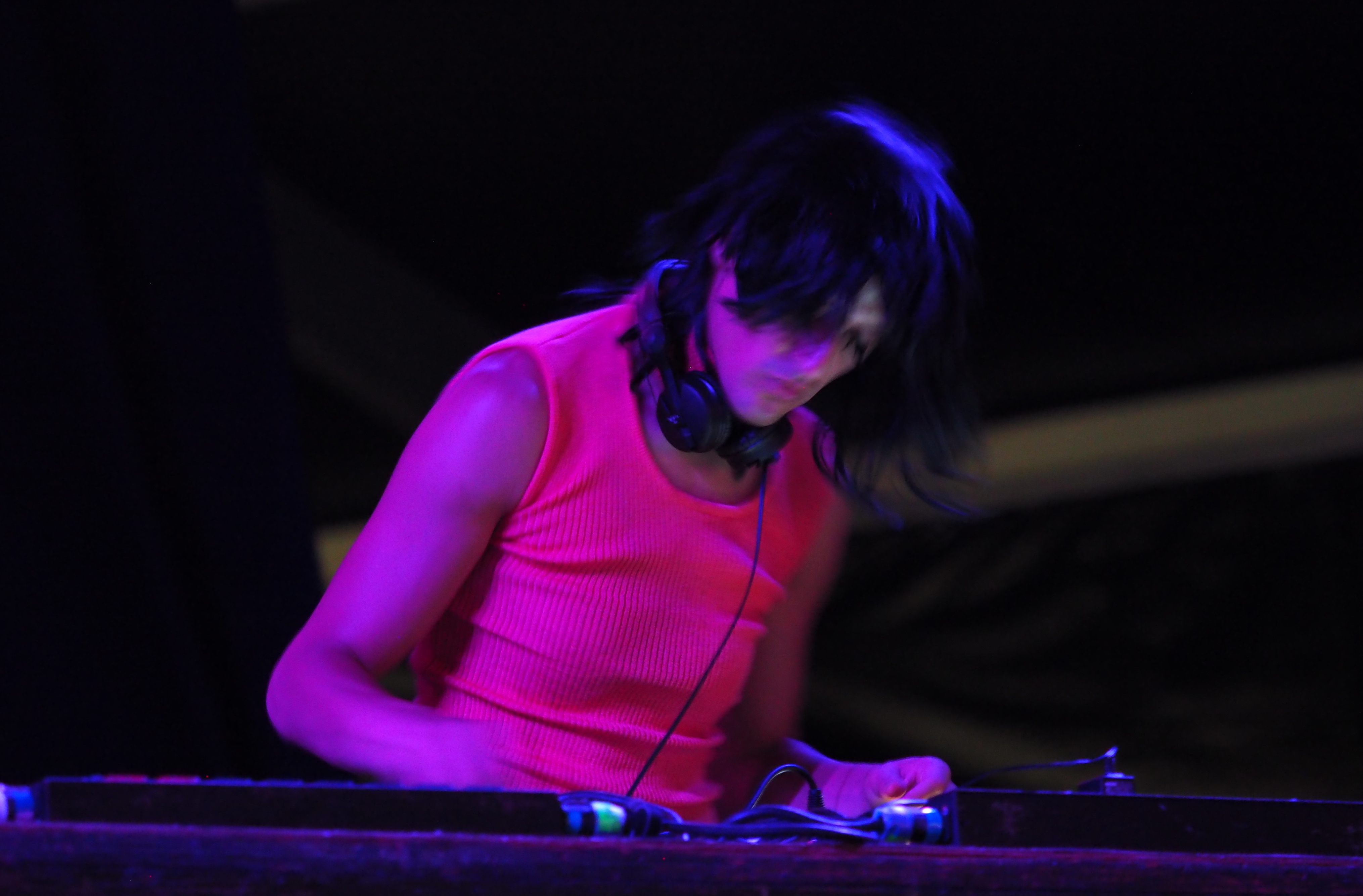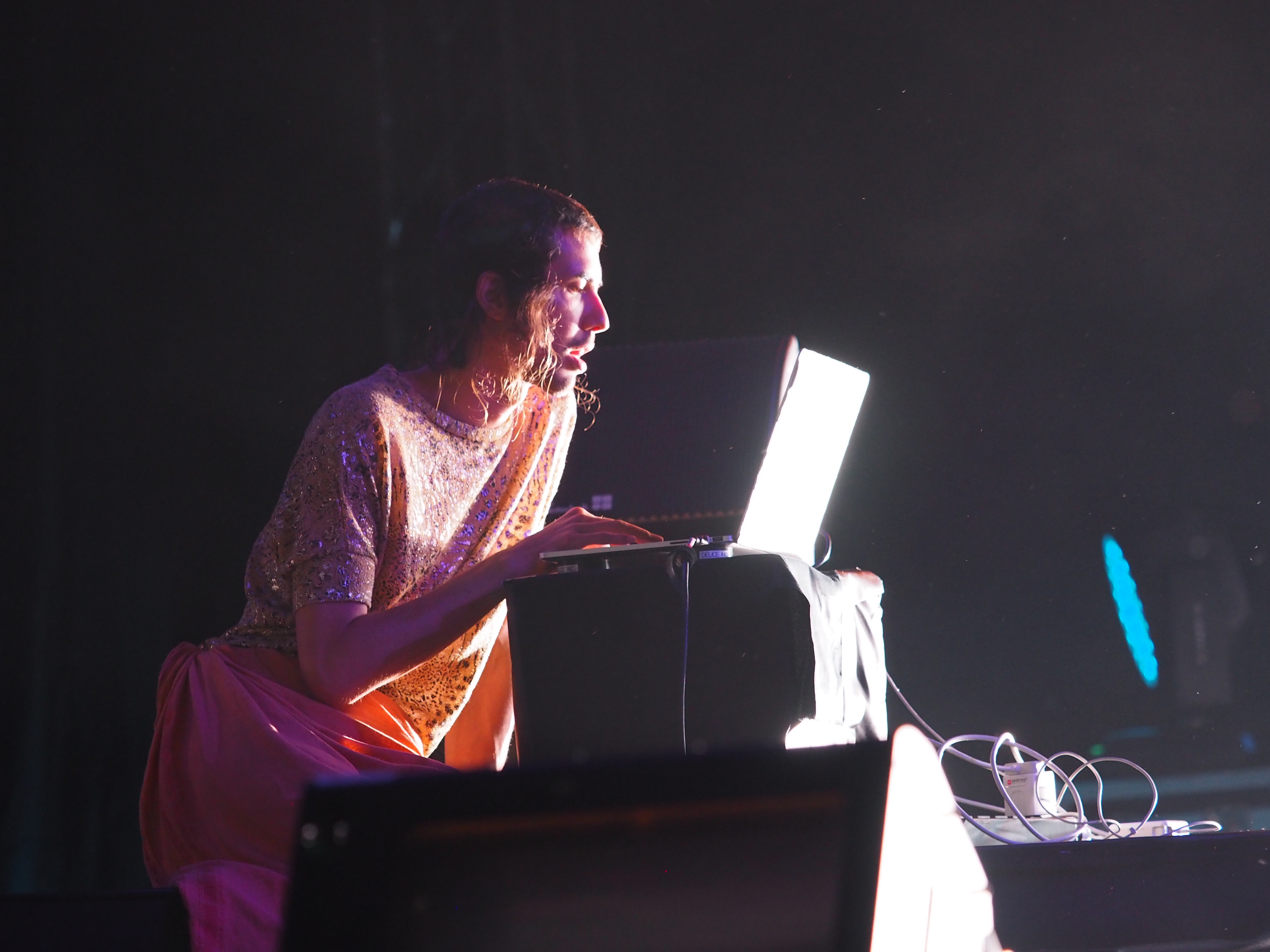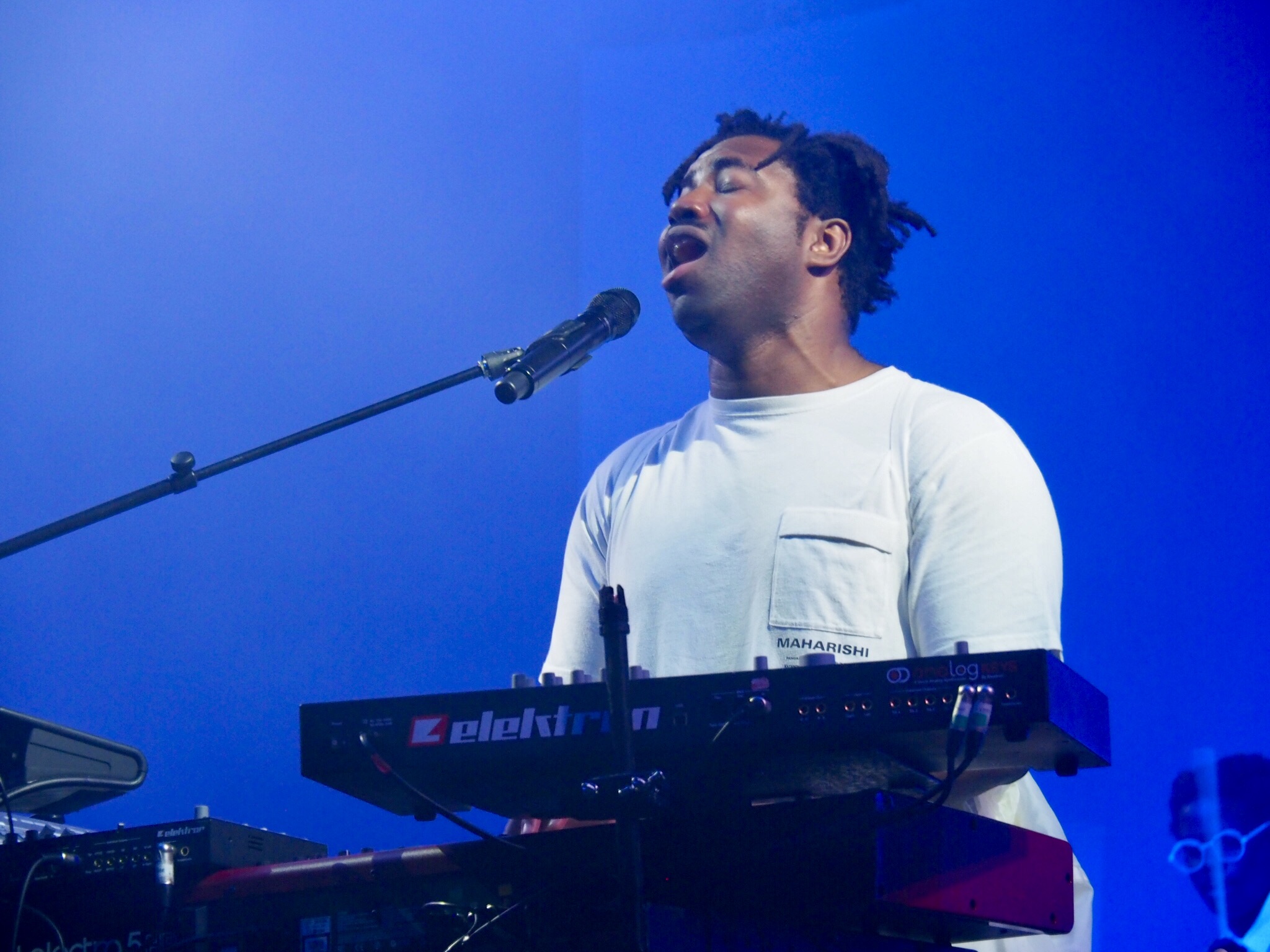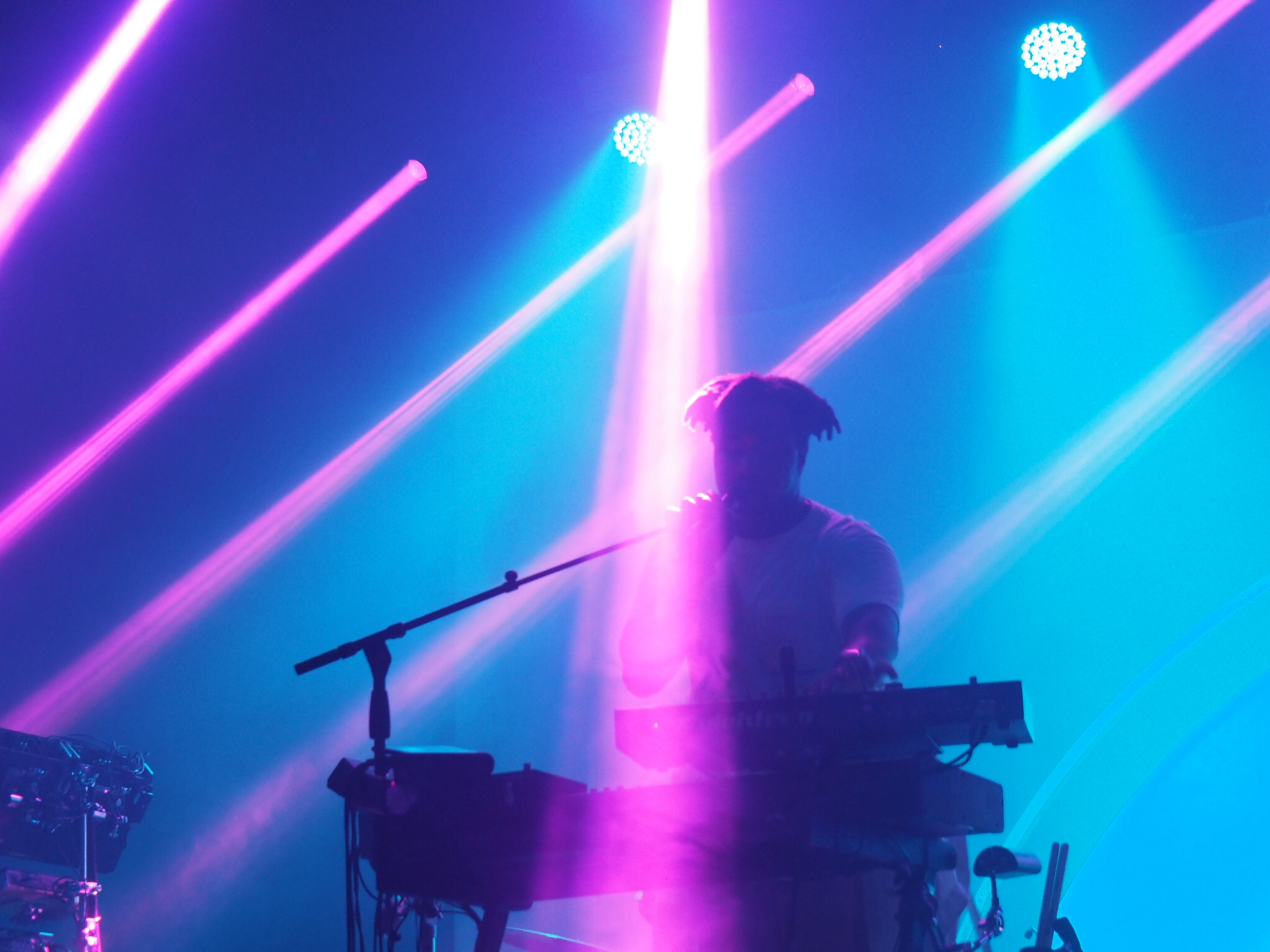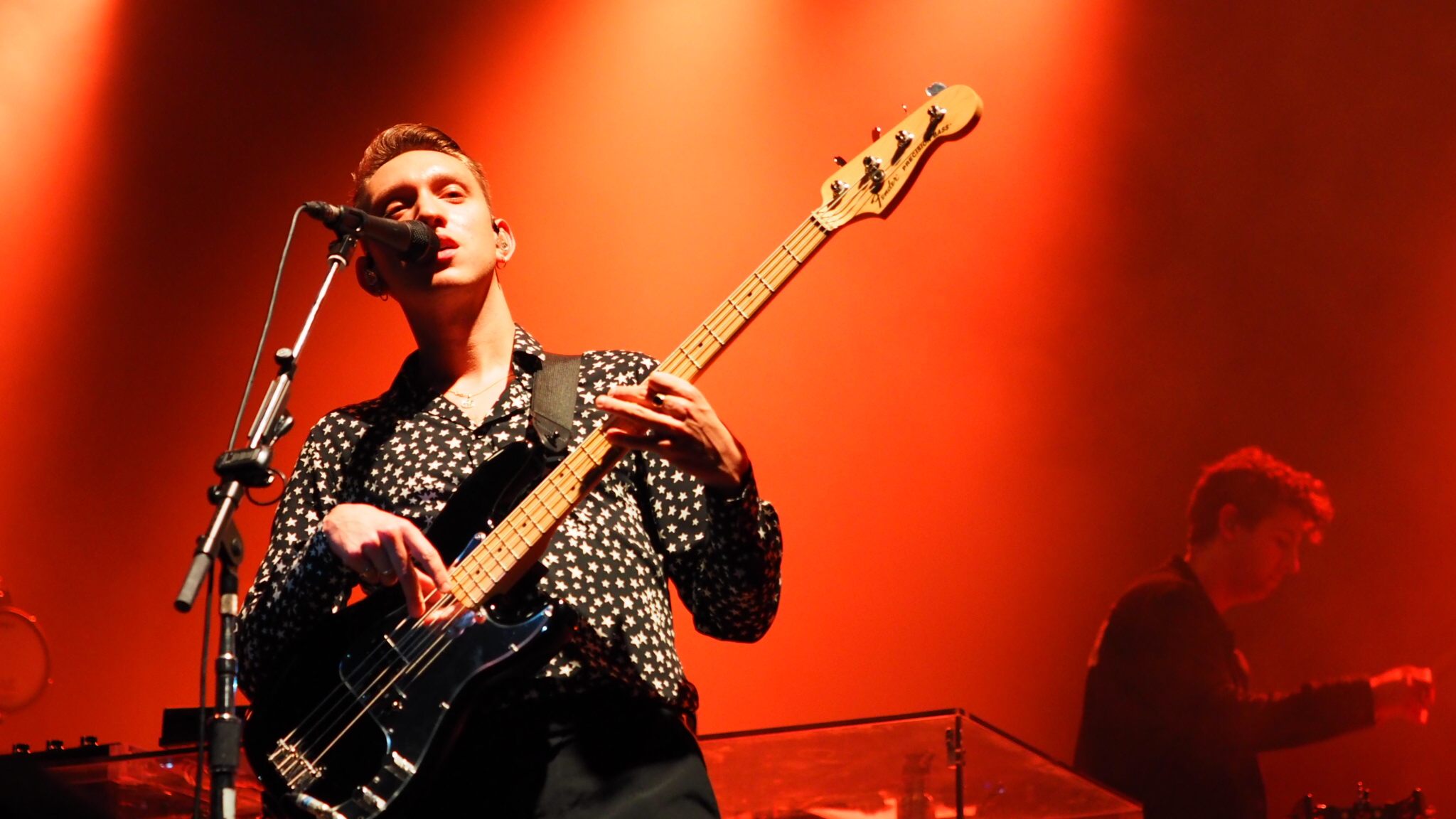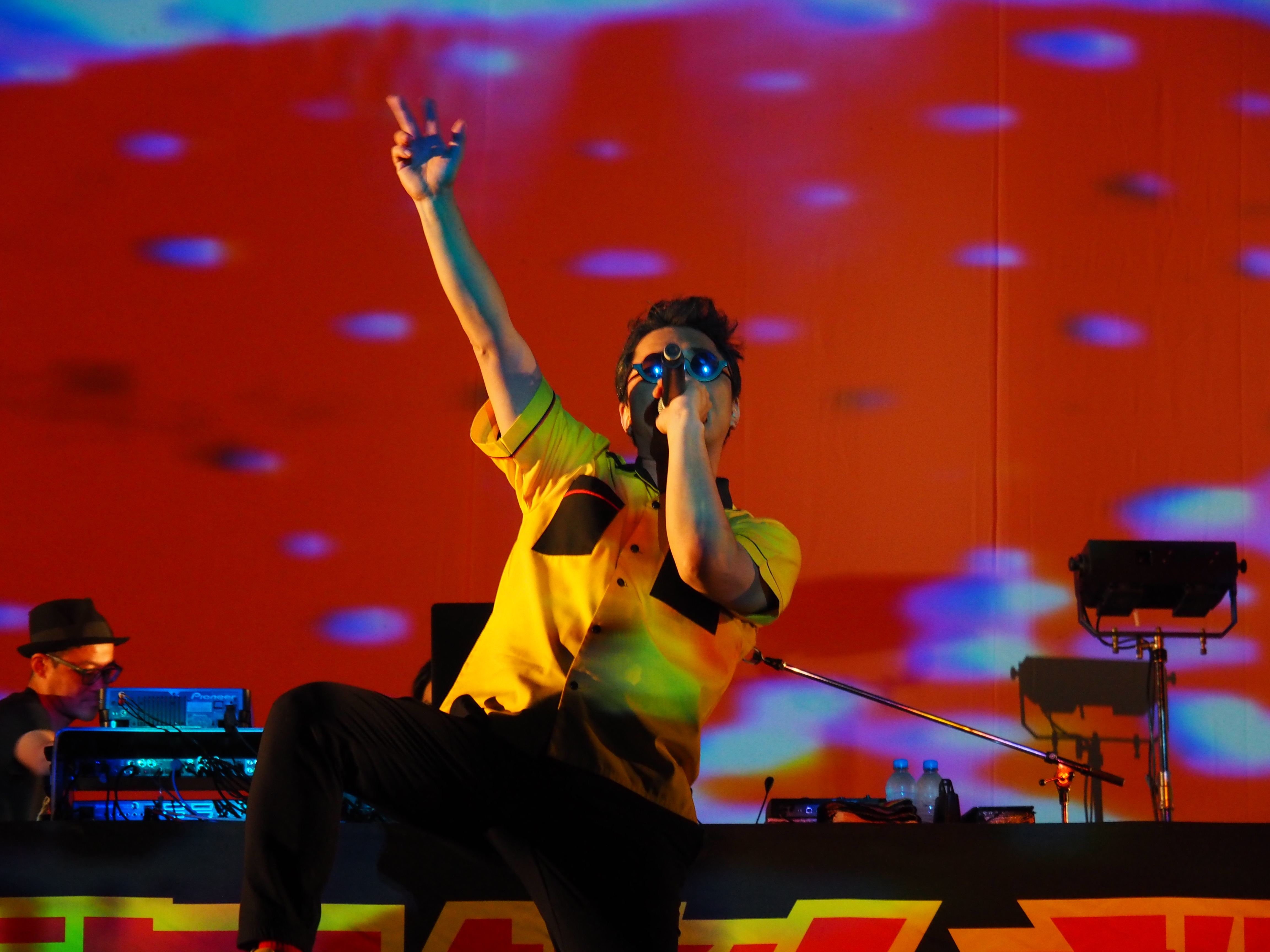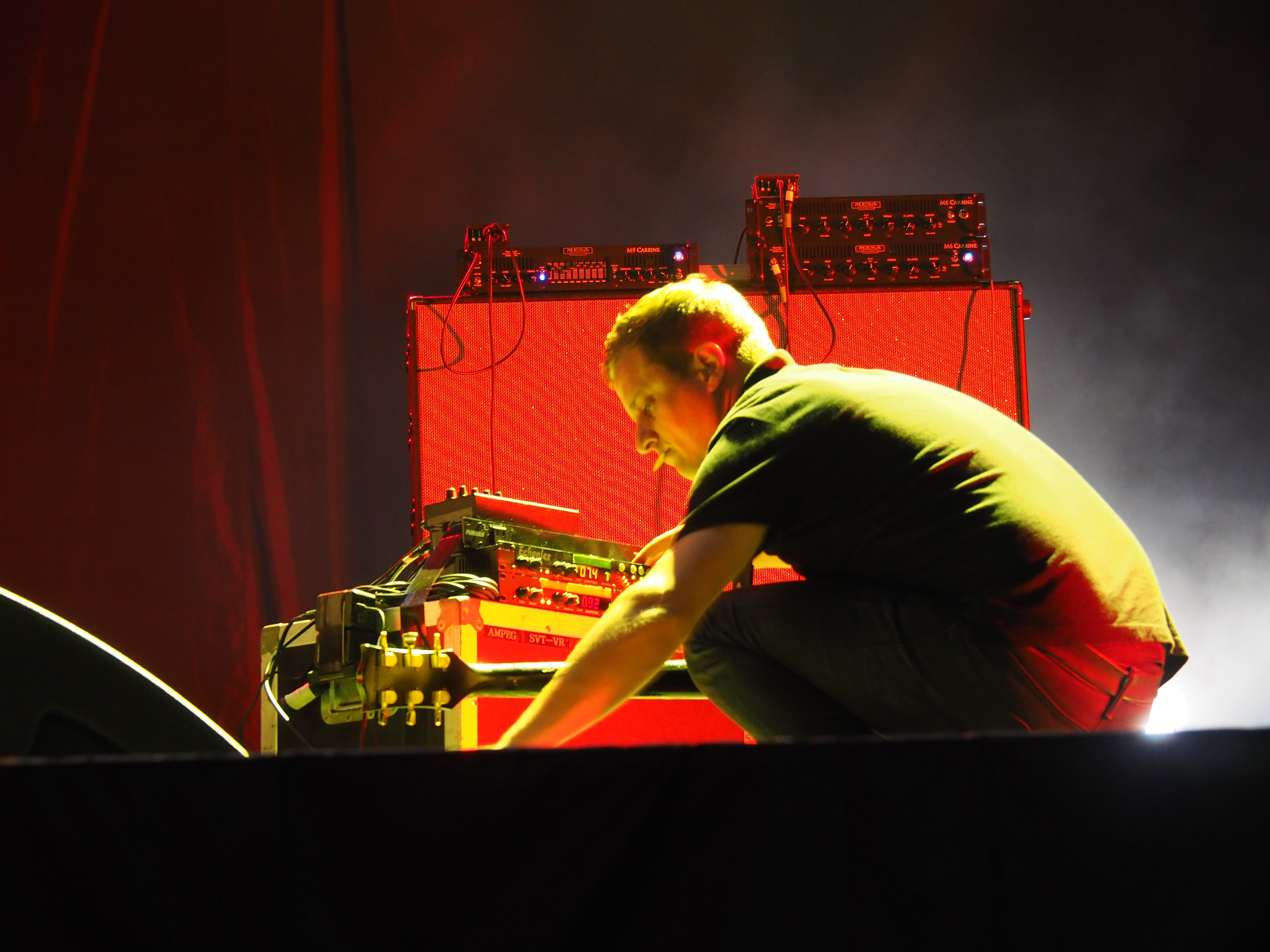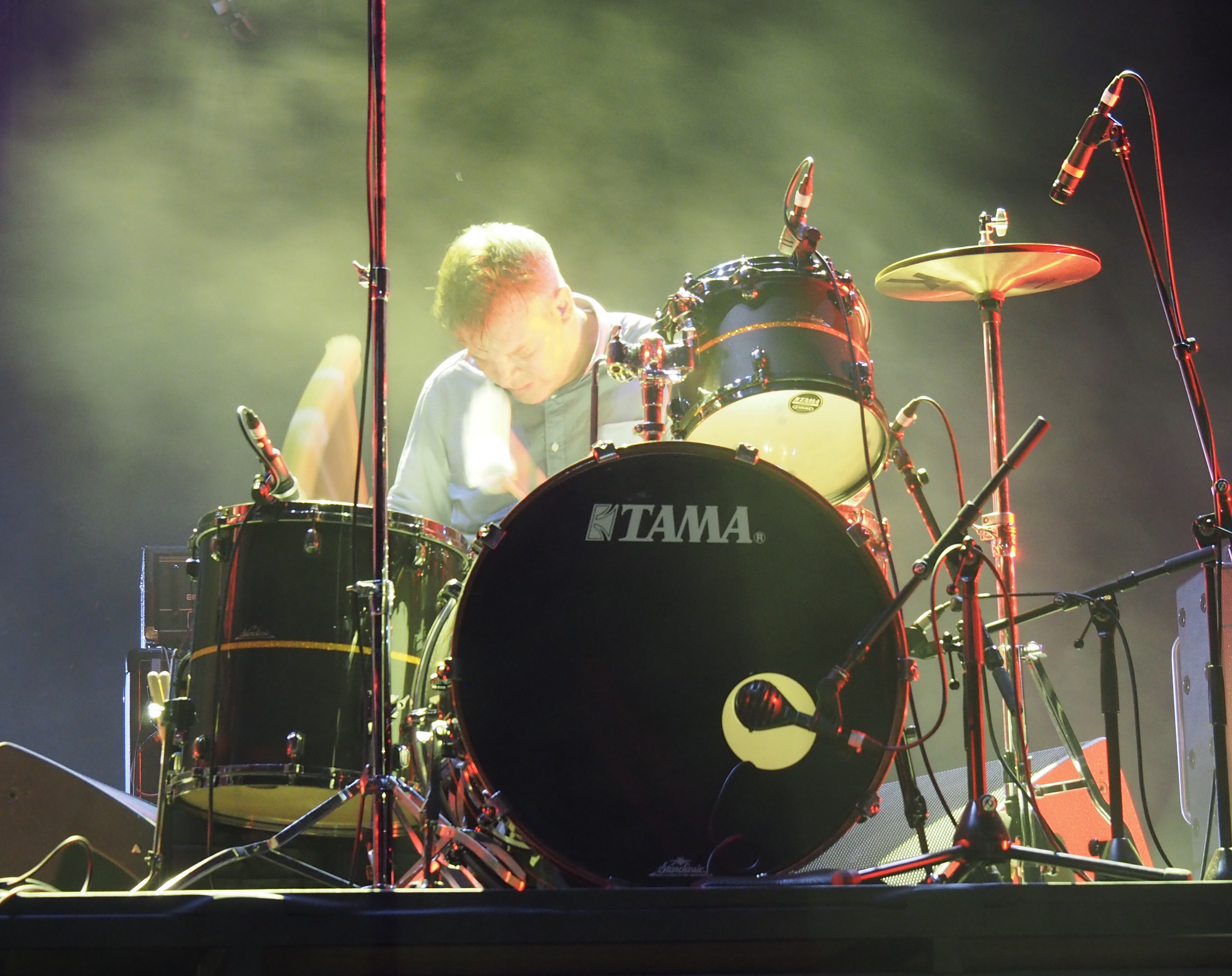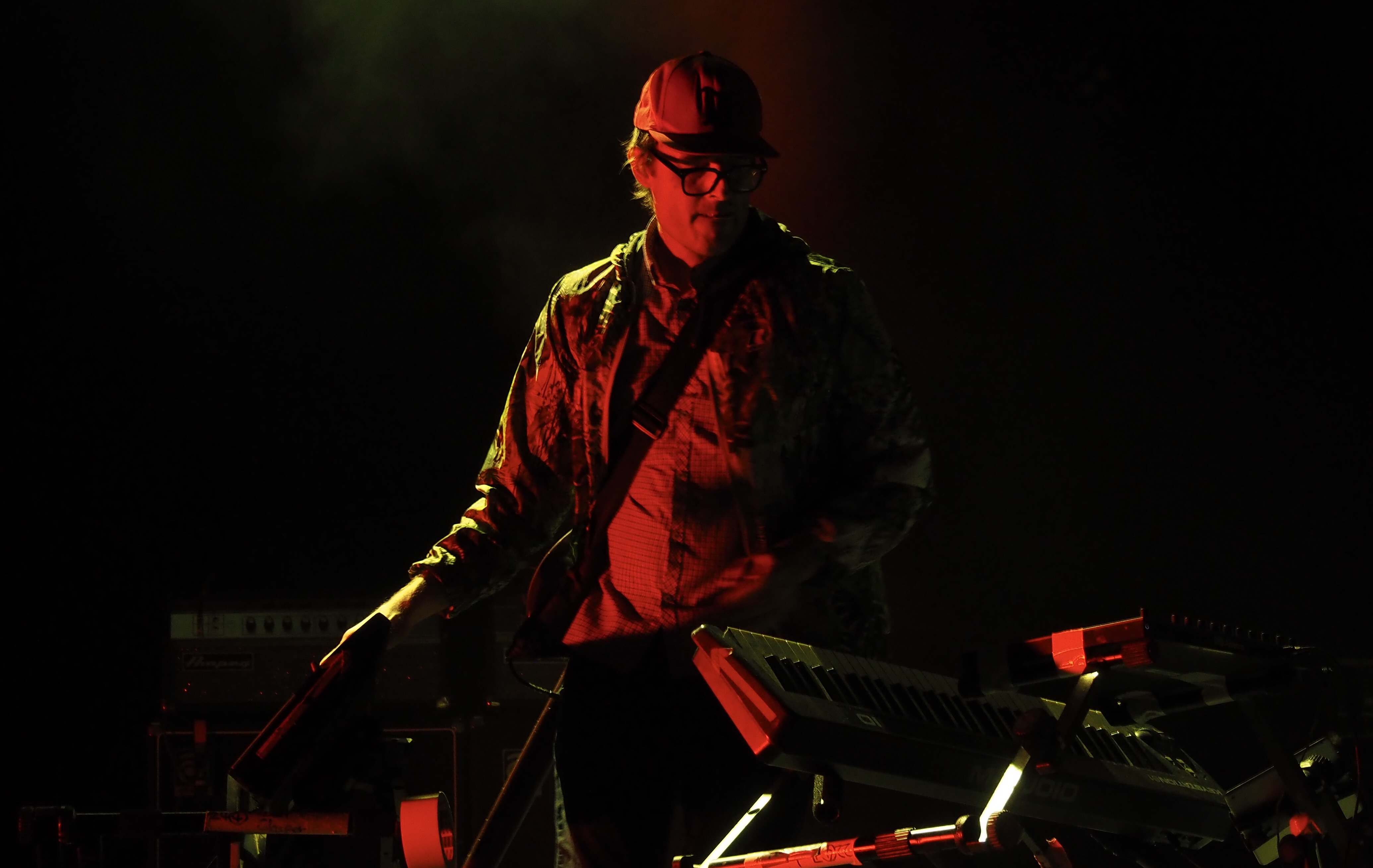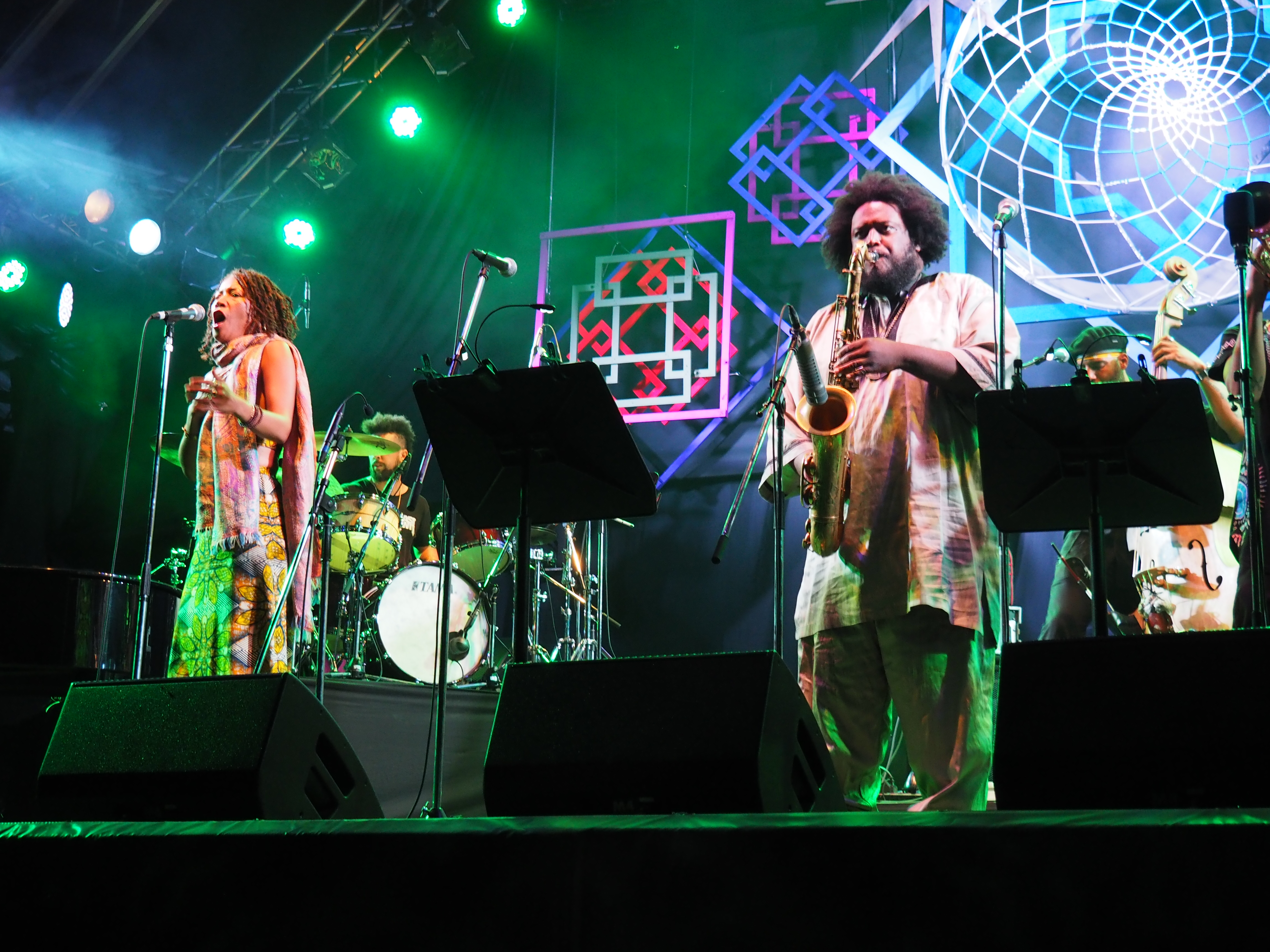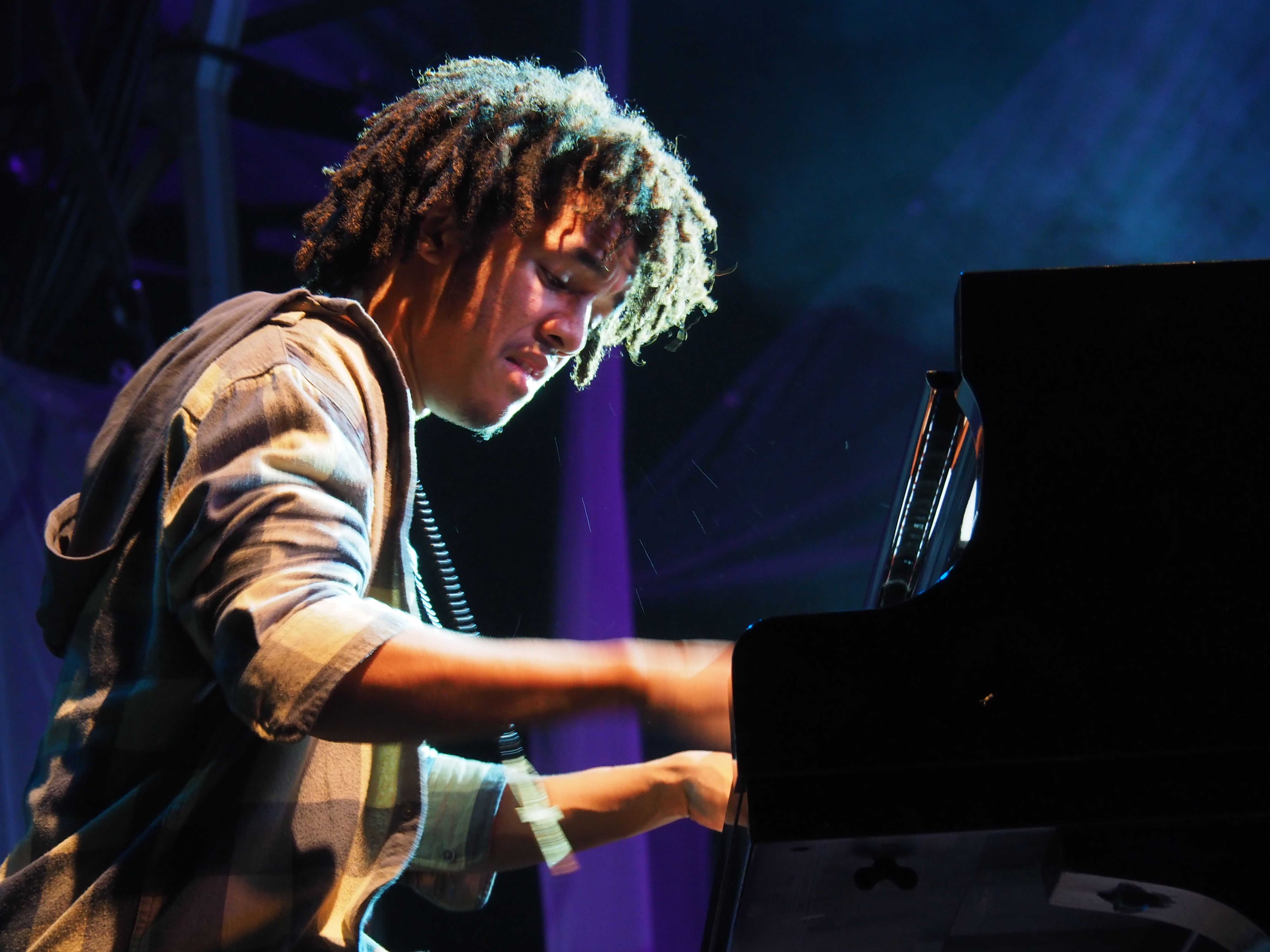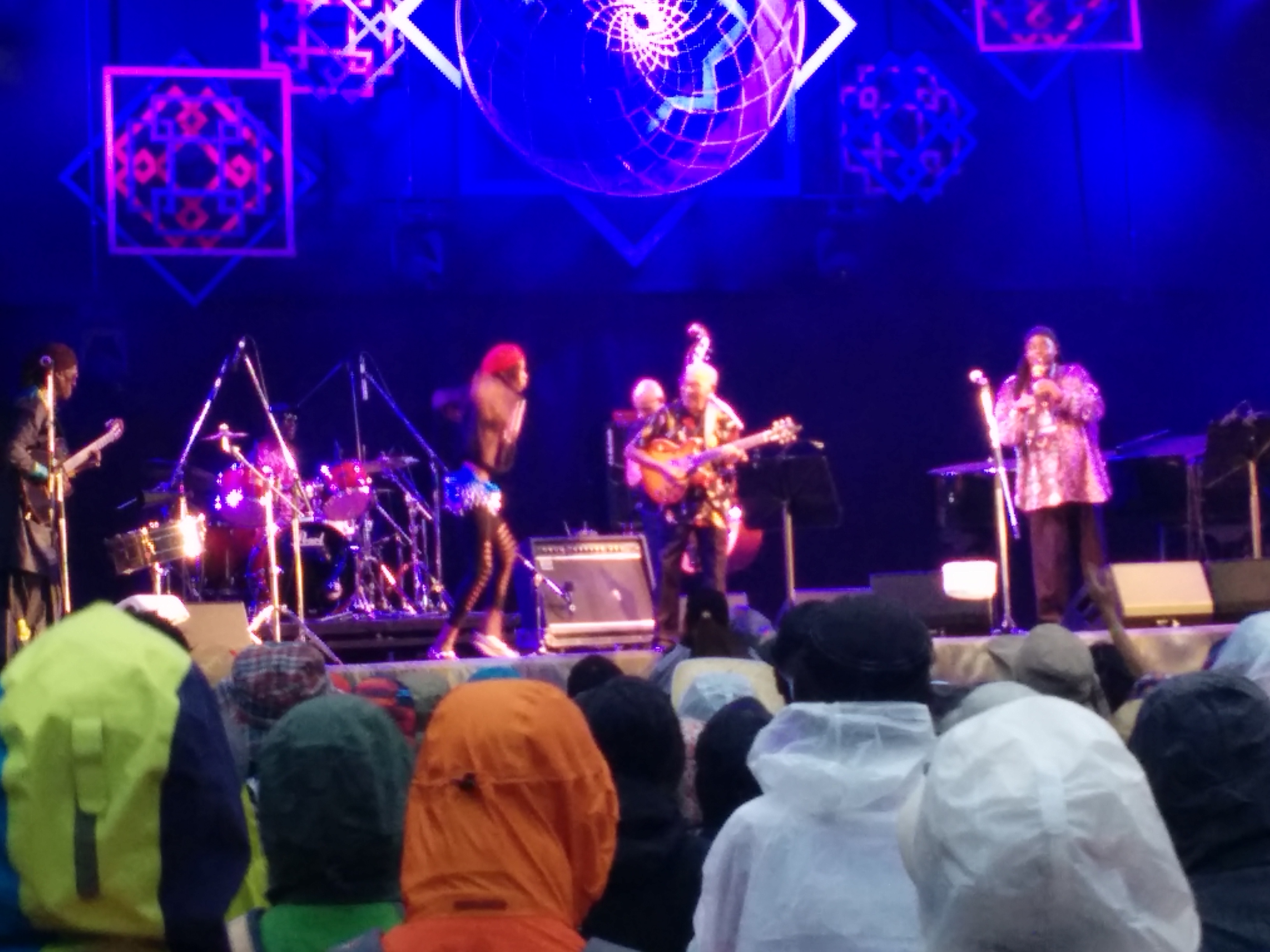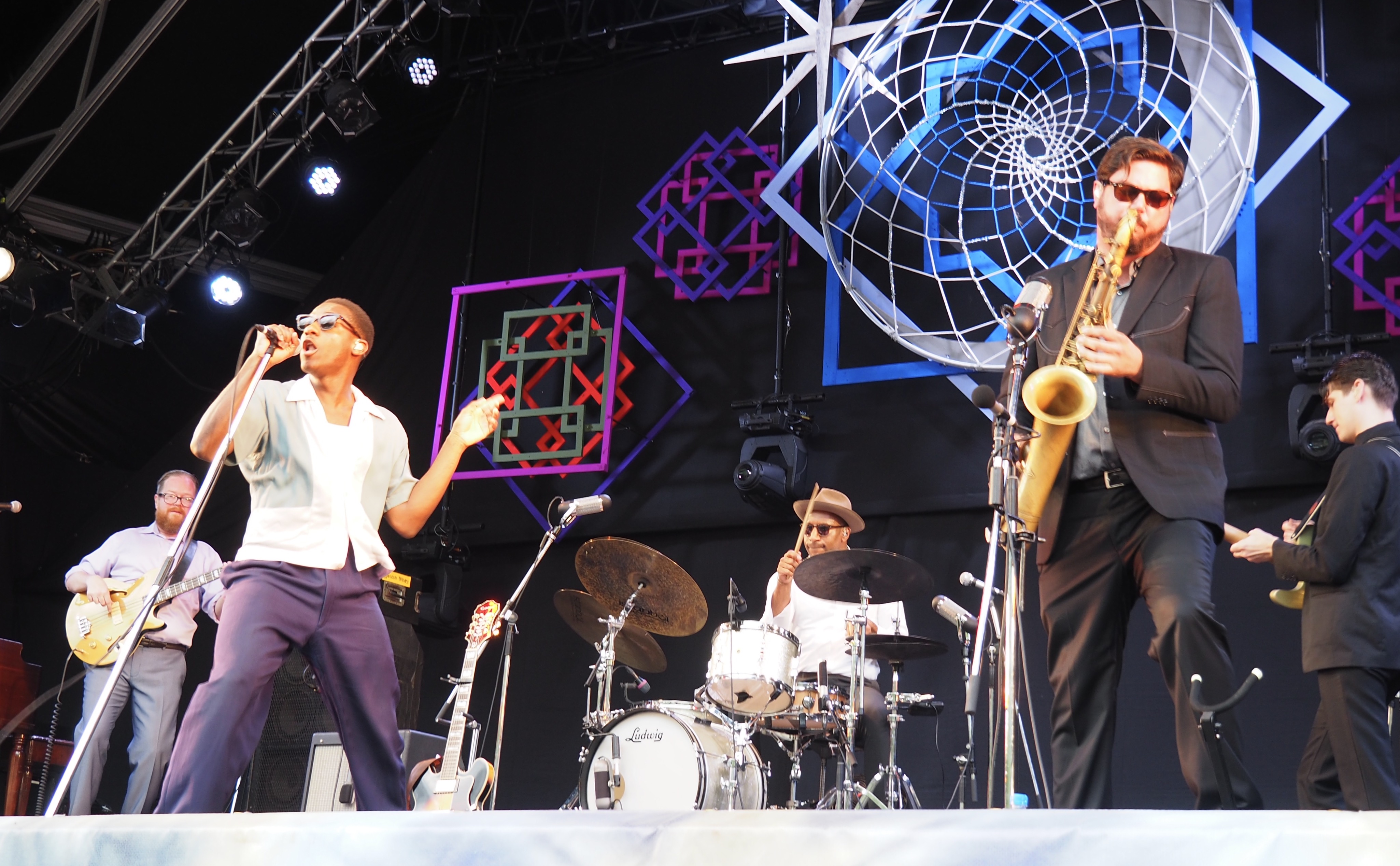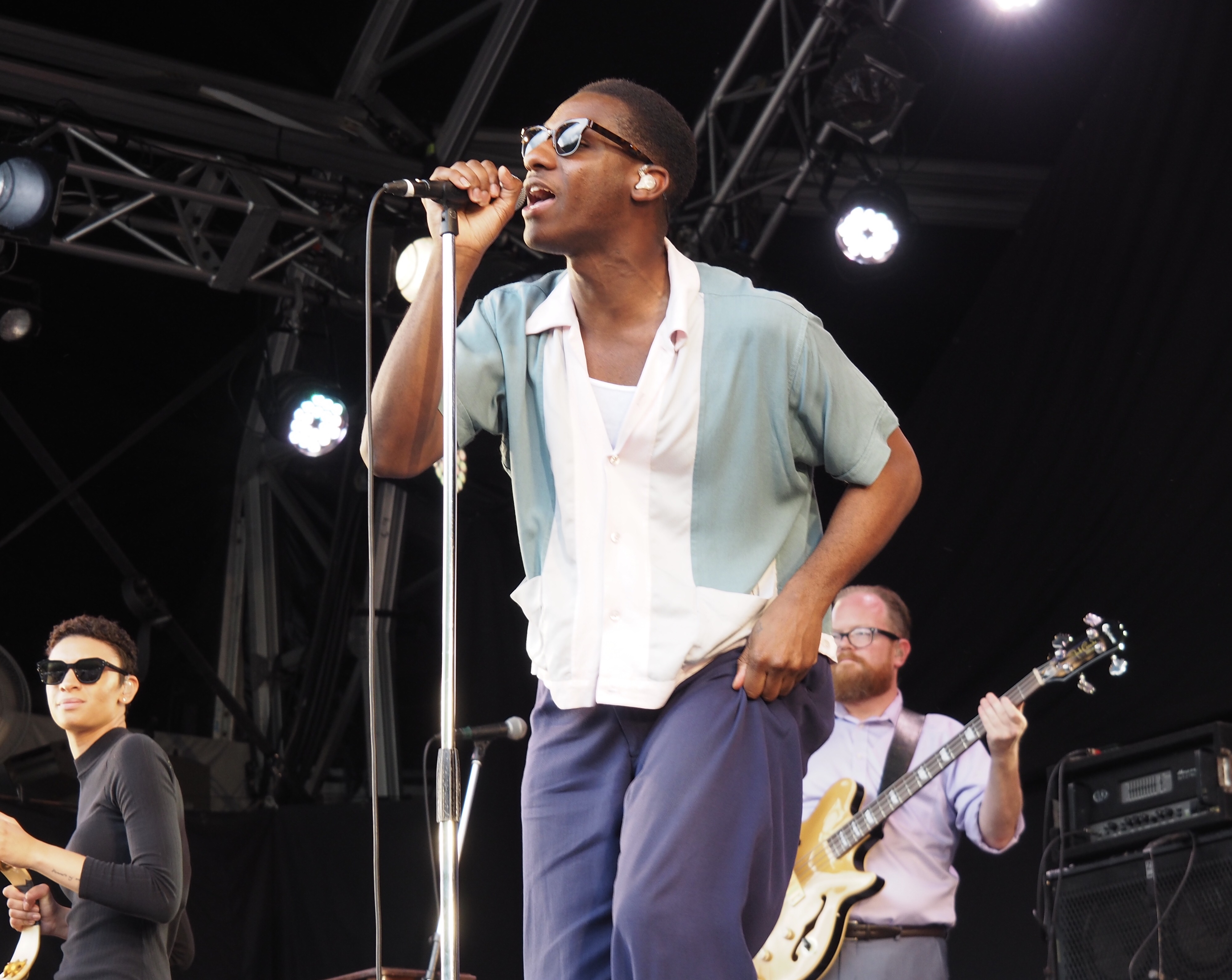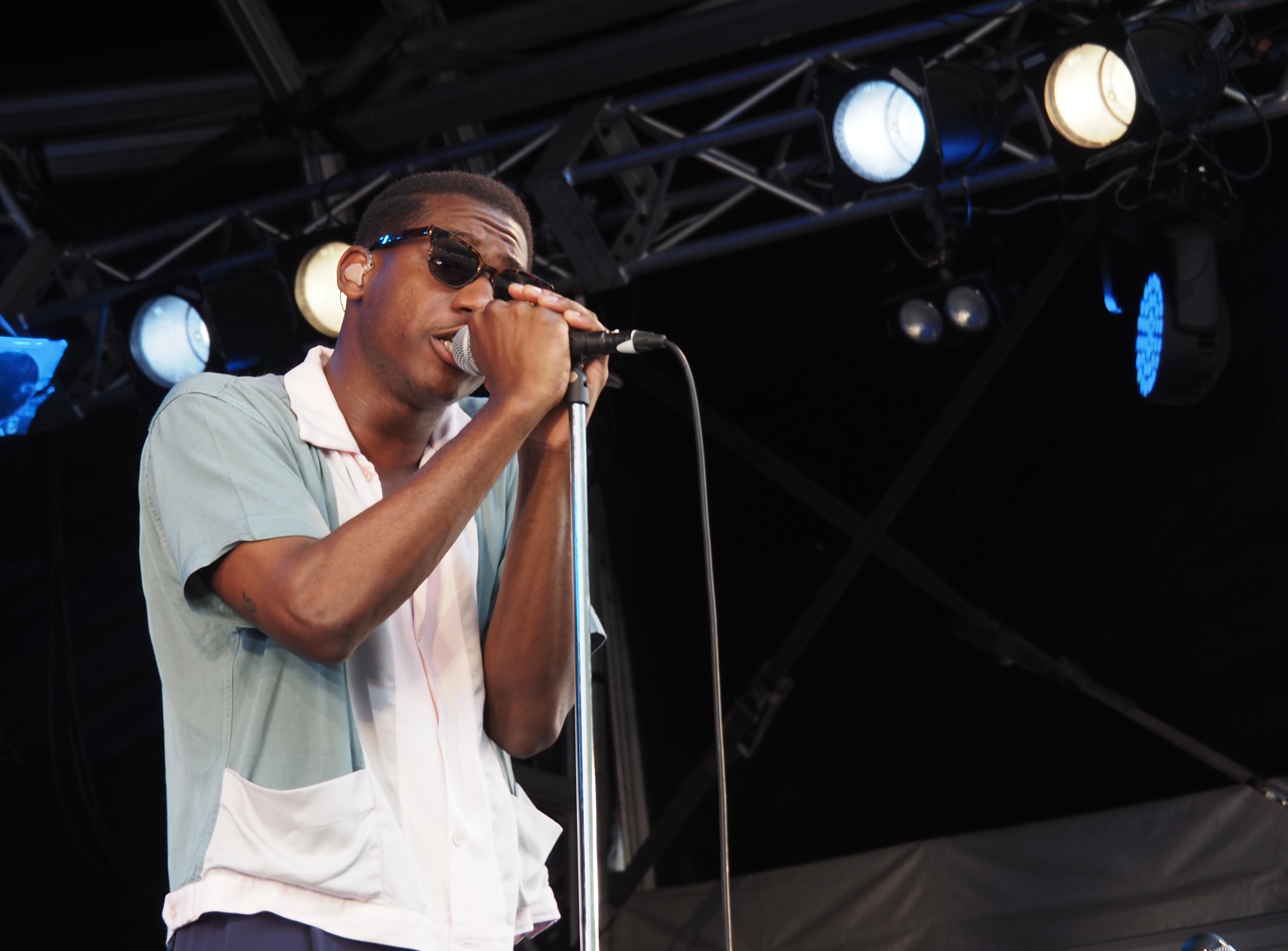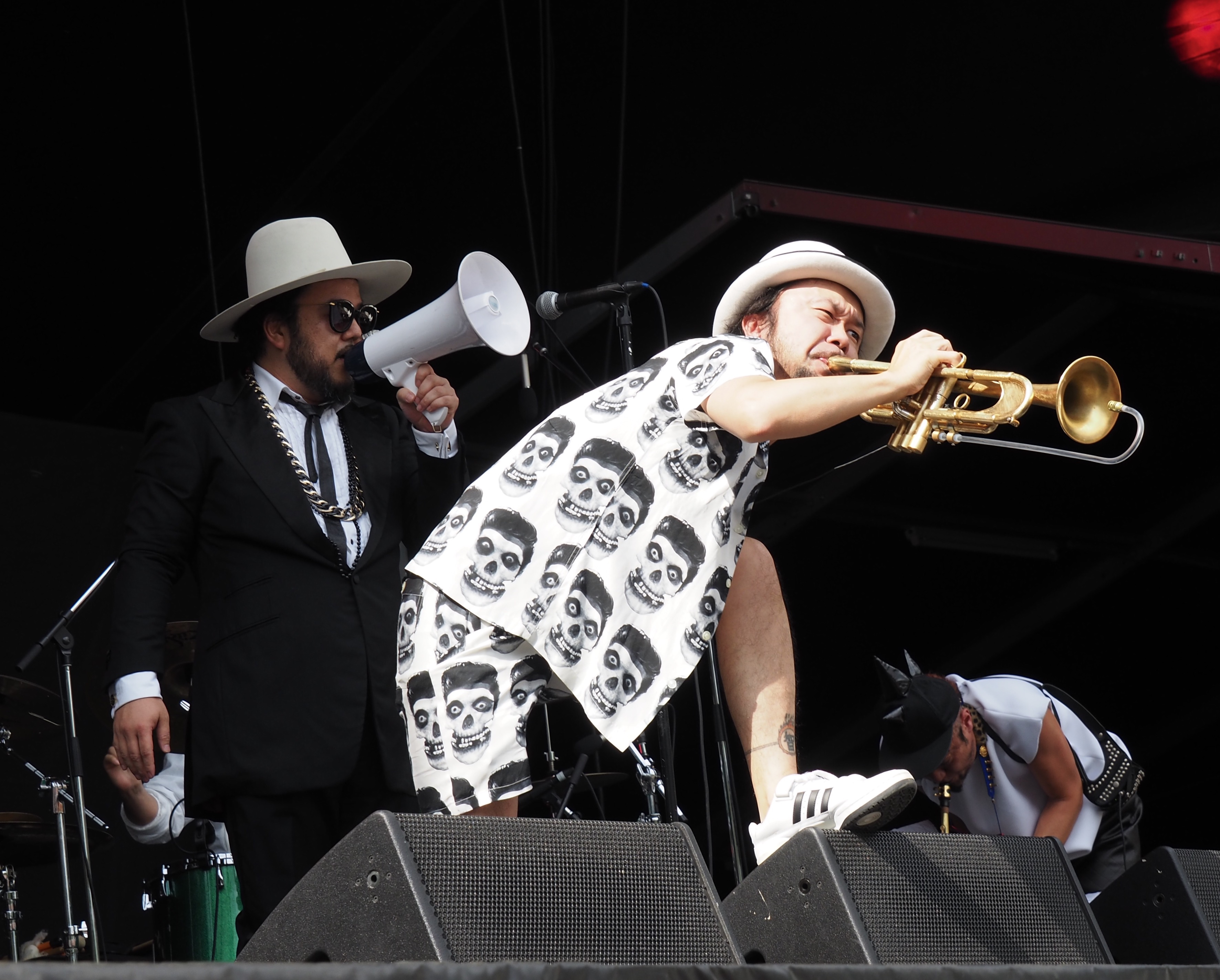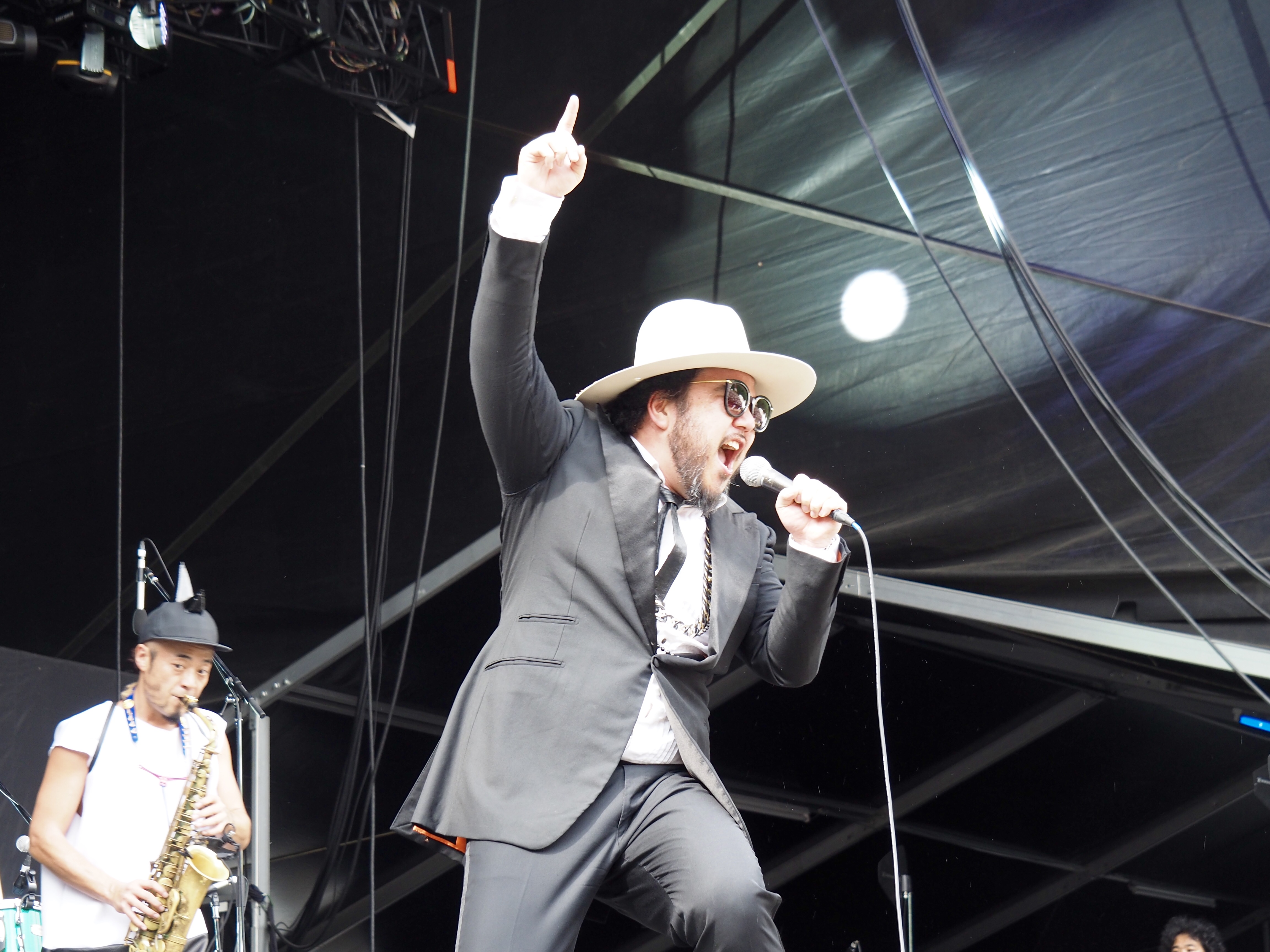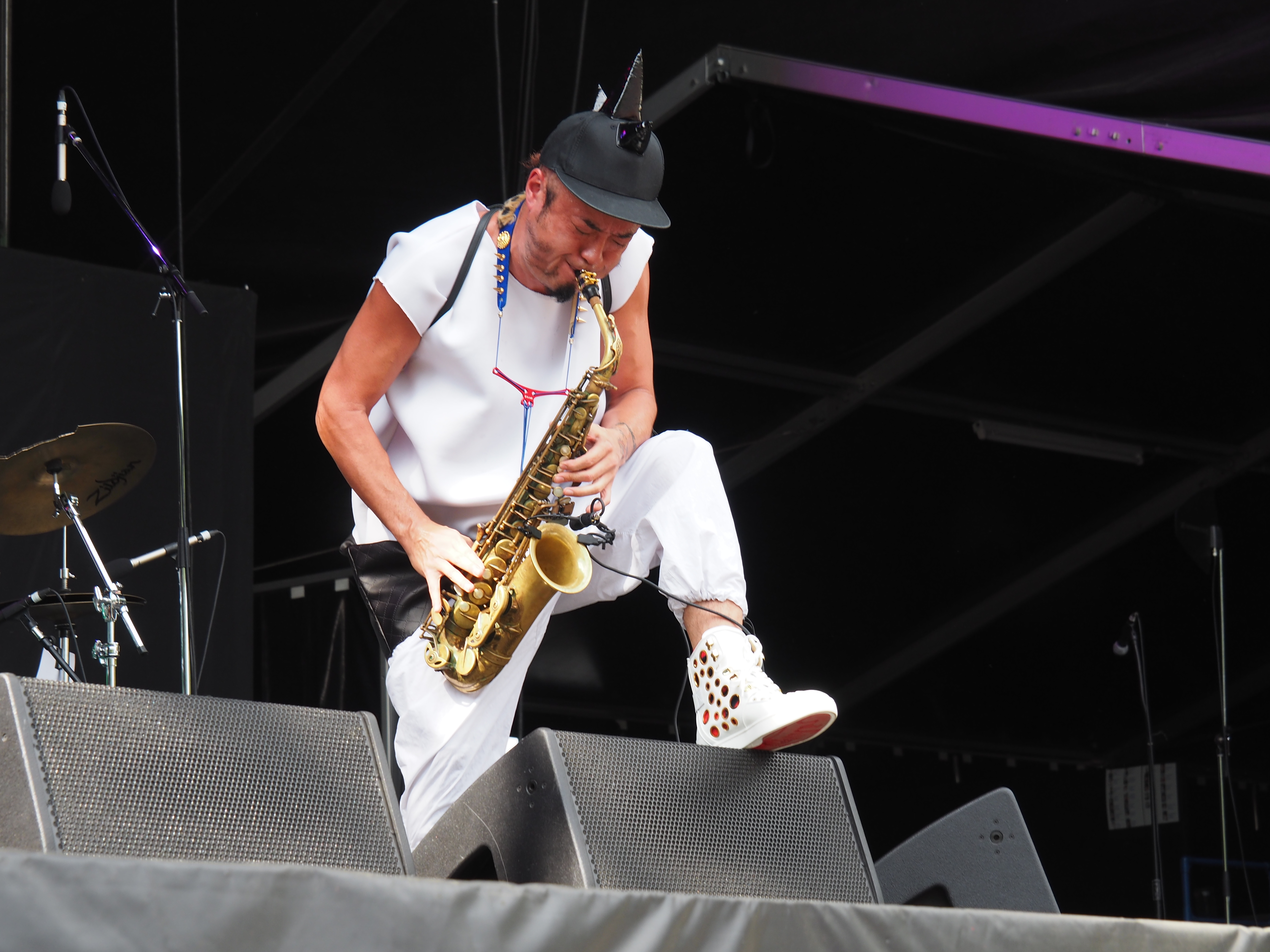Full Moon Fuji
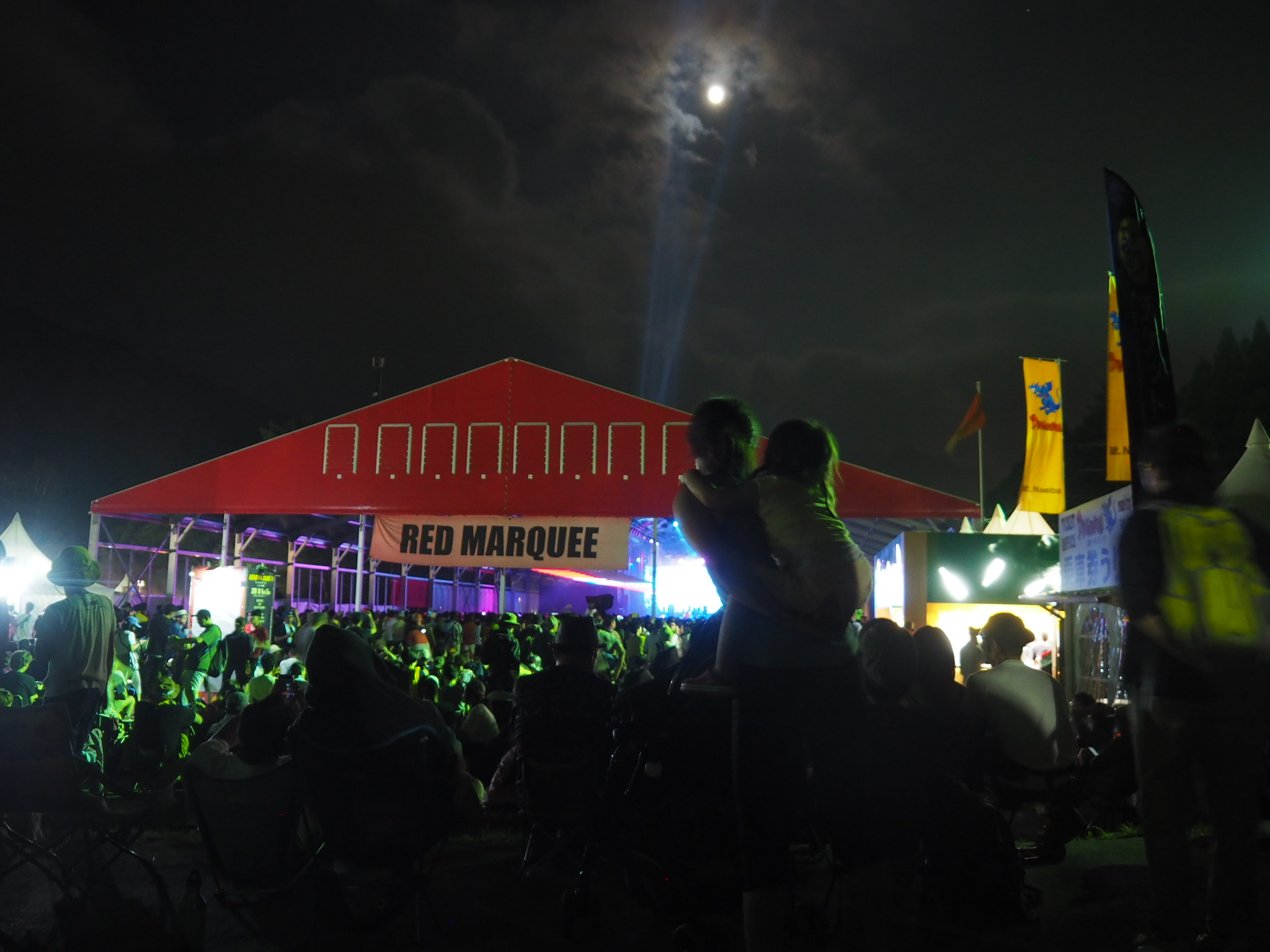
It’s been perfect weather so far. Cool and clear, with a full moon marking Fuji Rock’s 20th year at Naeba. We walked the half mile to the entrance and the place was already hopping for the prefest party, which is open to everyone for free. We must have missed the bon odori dance, but the raffle was happening (some kid from Canada won a towel and some cash and the MCs were making fun of his lack of Japanese, but in a good natured way). The fireworks went off as scheduled at 8 p.m., and for once you could chart their definitions in the sky; no obscuring mist or clouds.
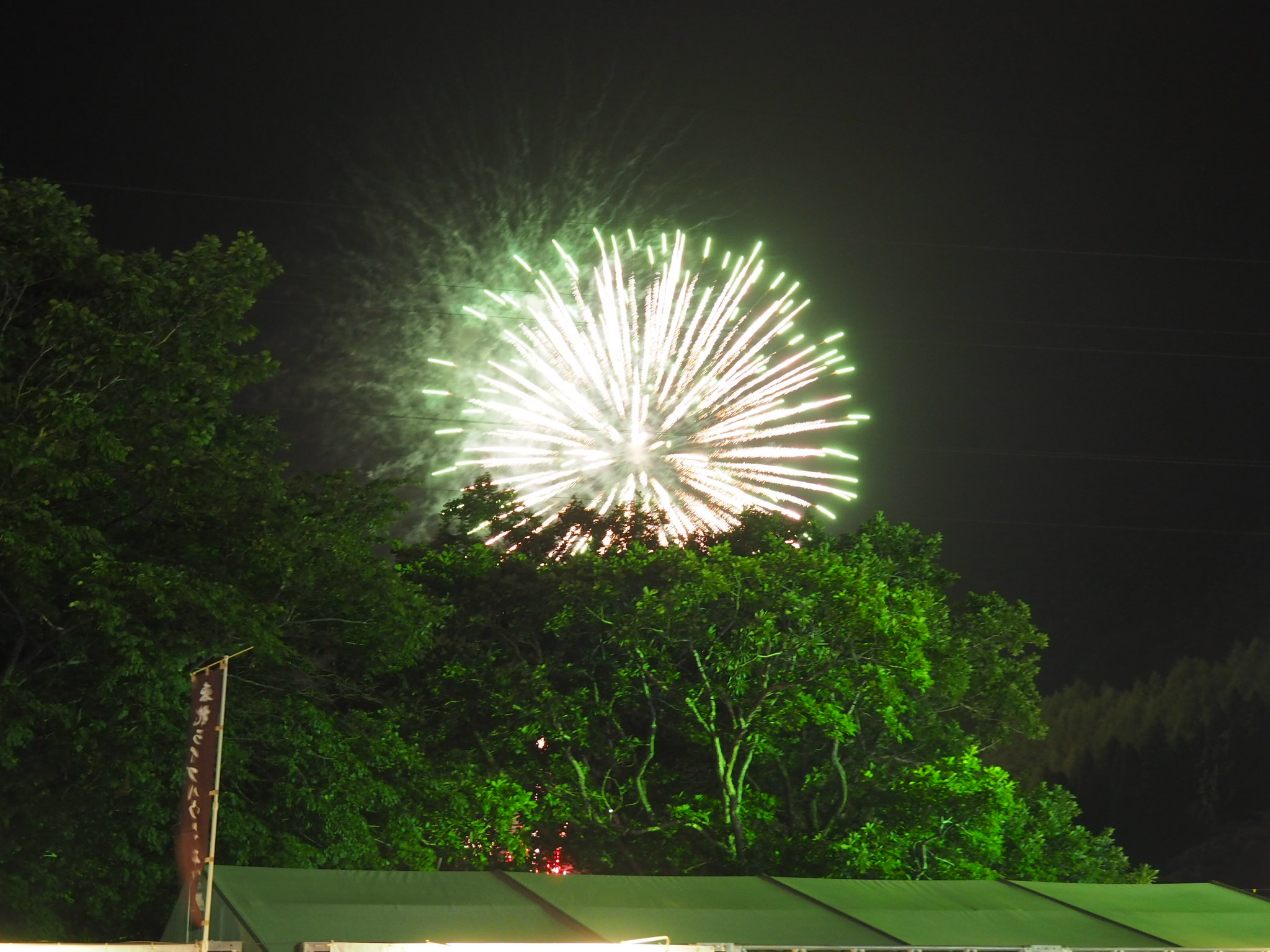
Koichi Hanafusa, one of the major domos of the festival, made his usual opening remarks at the Red Marquee, noting the 20th anniversary and making a special note of the international flavor of the festival, greeting the assembled crowd in about ten different languages. Of course, that’s part of Fuji’s appeal, which may be increasingly rara, even in Japan, where diversity isn’t quite as celebrated as it might be, though, compared to the U.S. at the moment, it’s doing better than could be expected. In any case, Fuji’s ecumenical spirit is celebrated most fervently at the prefest blowout, where groups who deign to play for free get to strut their stuff in front of the most receptive crowd of the weekend–the prefest punters, who get in for free, but are already itching for great music. The adrenalin is already present.
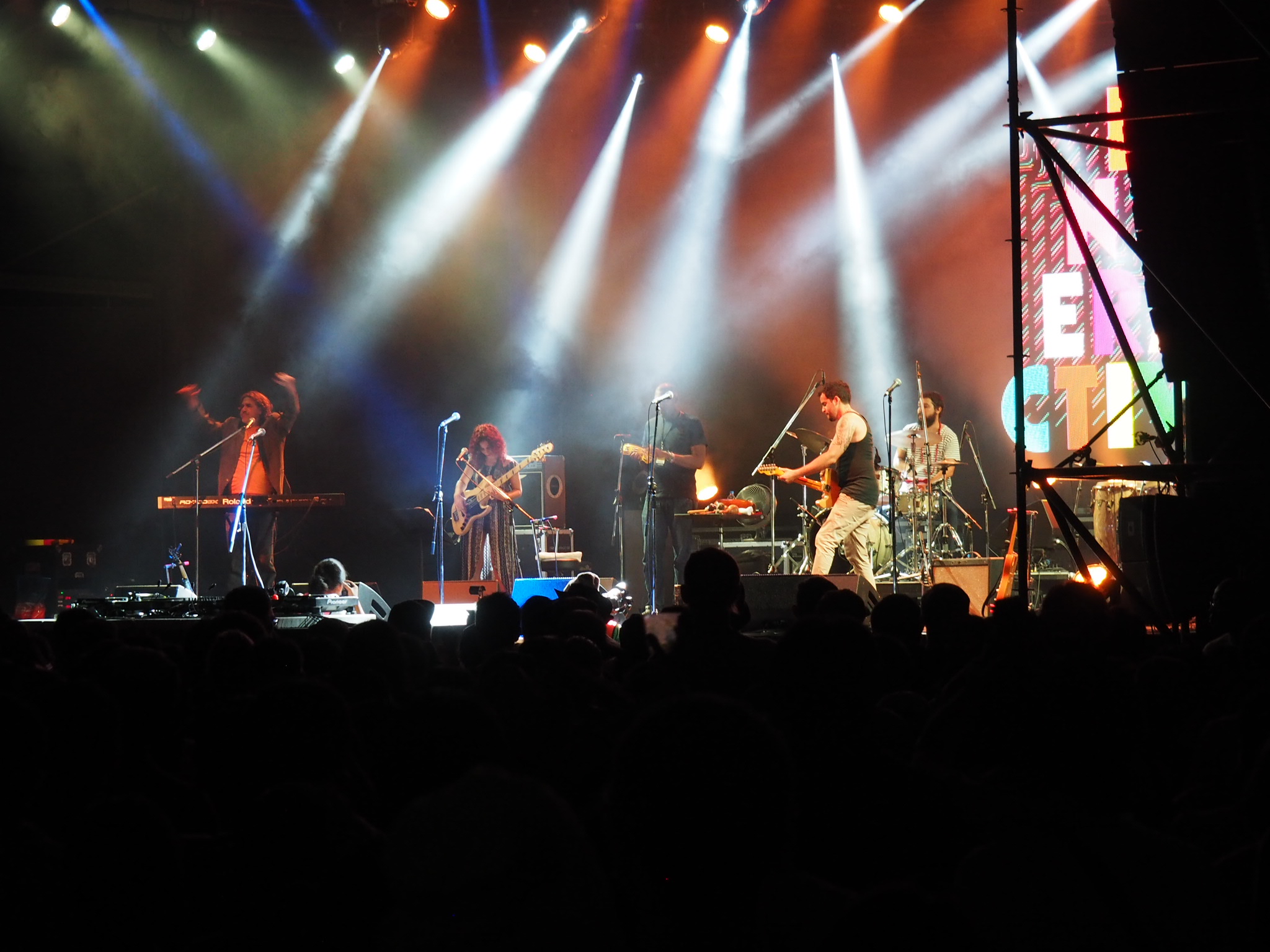
Interactivo, the band that opened the festival, is from Cuba, which is as ecumenical as they come. They started with a funky fusion instrumental and quickly devolved into salsa sensationalism. The crowd loved every minute and danced their best latin moves. It was over in a quick 25 minutes, and we drifted out into the food court, enchanted by the moon and the easy, friendly vibe. It should be a great weekend, rain or not.

